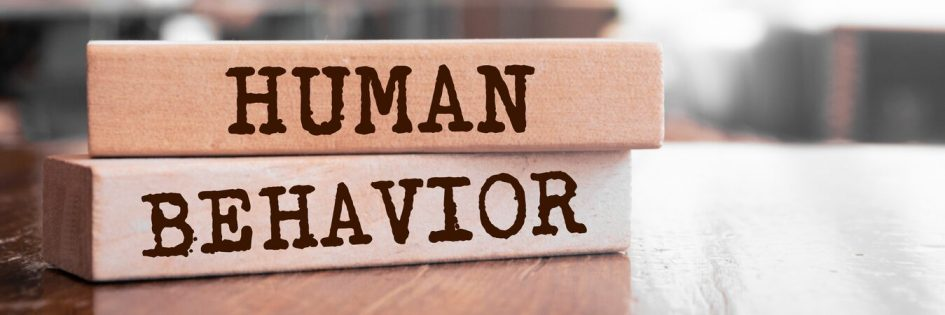ENGLISH-PSYCHOLOGY UNIT 3 : HUMAN BEHAVIOUR
HUMAN BEHAVIOR:
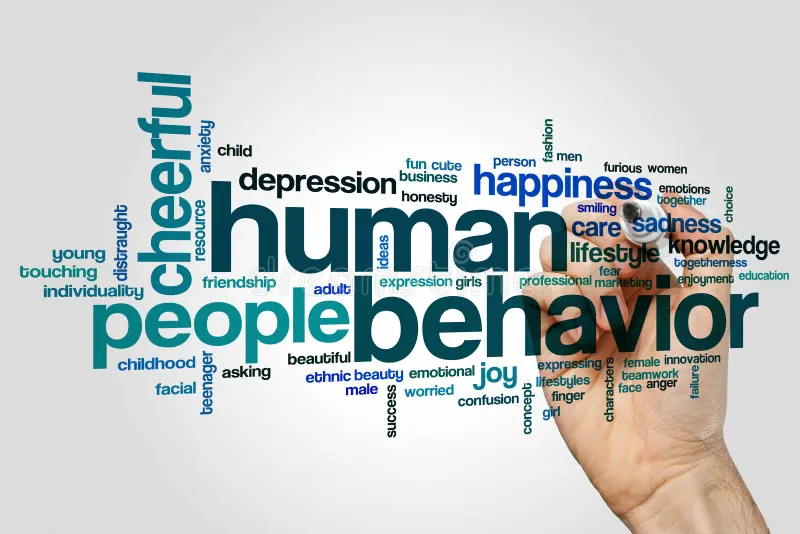
KEY TERMS:
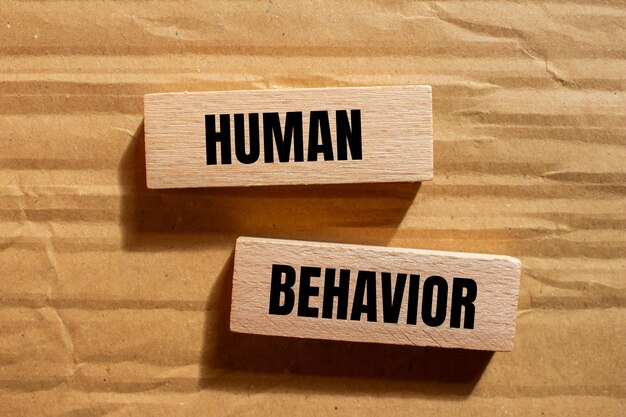
1.Behaviour (Behavior):
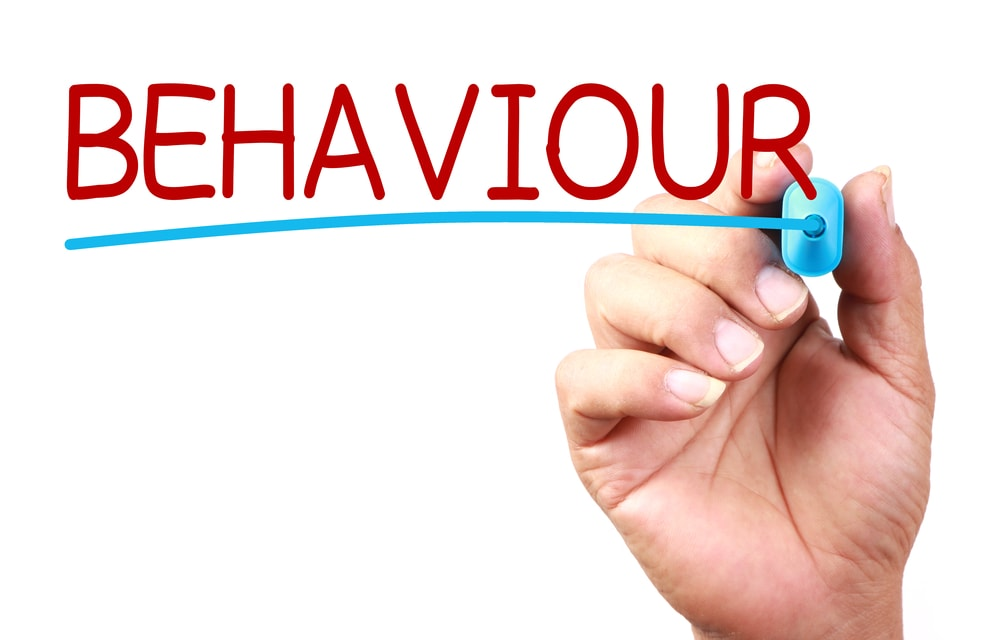
Involvement of all the activities done by a person from birth to death is called behavior.
2.Mind:
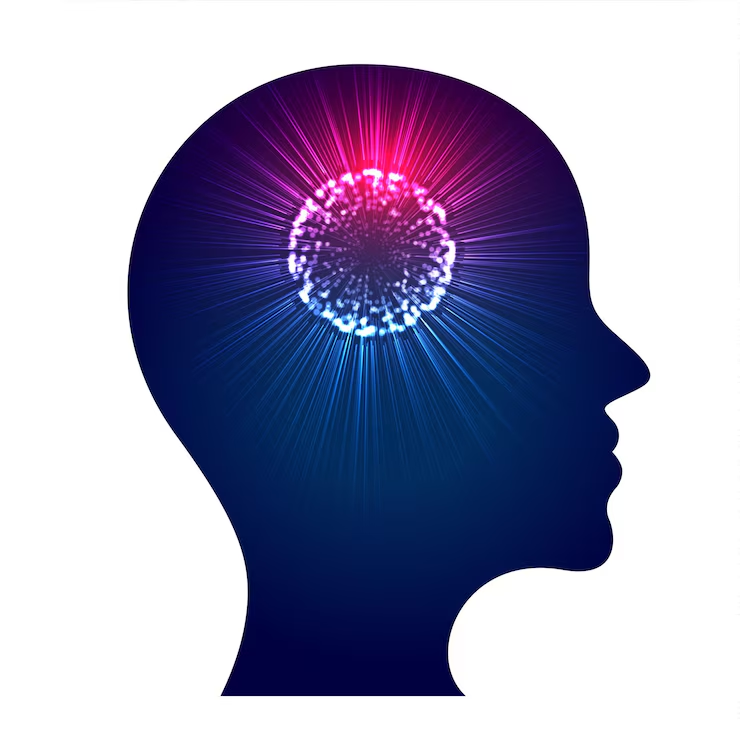
Mind is the psyche through which a person perceives his surroundings. Aware, can understand emotions, make decisions and solve problems.
3.Psychopharmacology:
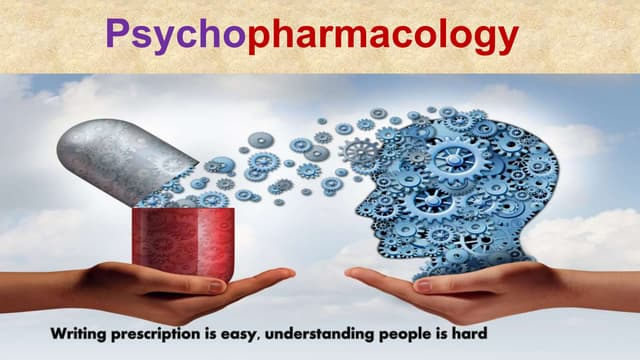
Scientific study of medicine affecting the brain
4.Ductless Endocrine Gland (Ductless Endocrine Gland) :
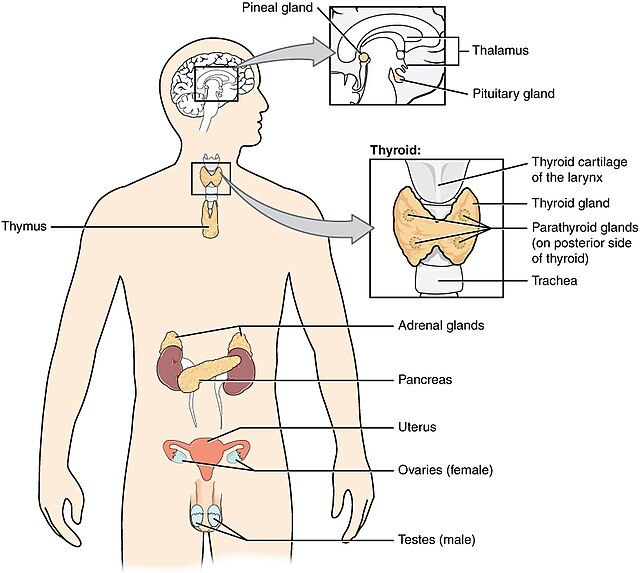
Glands whose secretions are called hormones. Which are secreted directly into the blood. Which do not have ducts e.g.: Thyroid gland, adrenal gland, gonads, and pituitary gland etc.
5. Psychosomatic:
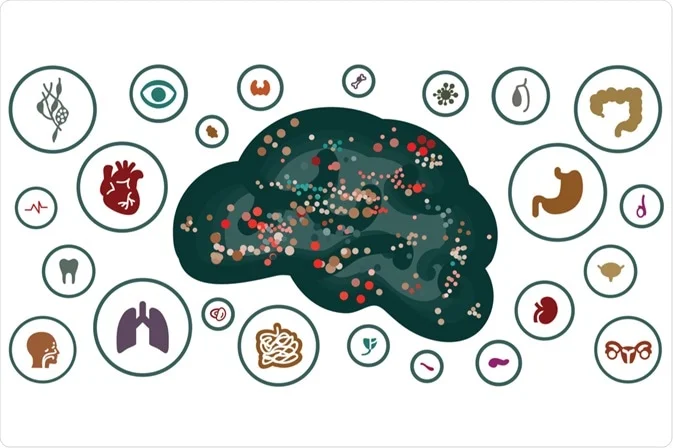
When the mind affects the body, it is called psychosomatic.
6. Somatopsychic:
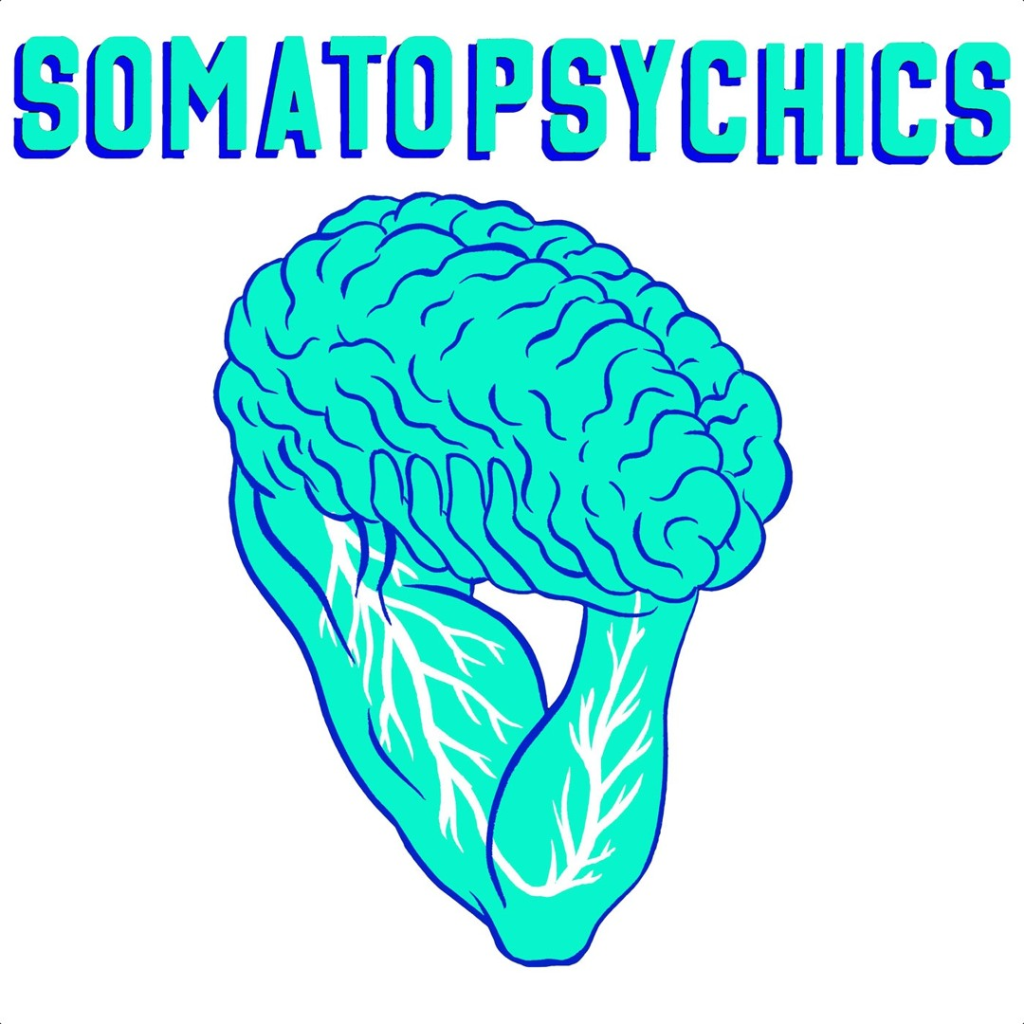
When the body affects the mind, it is called somatopsychic.
7.Conactive:

Related to motor activity e.g. : walking, swimming, dancing, running etc.
8.cognitive:
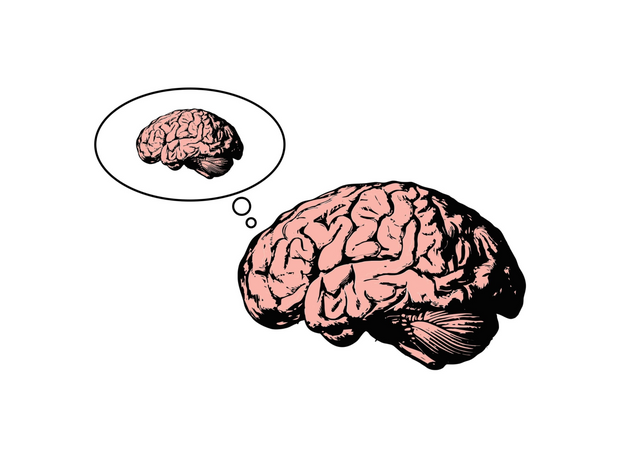
Related to psychological activities such as thinking, reasoning, judgment, knowledge.
9.Affective (affective) :
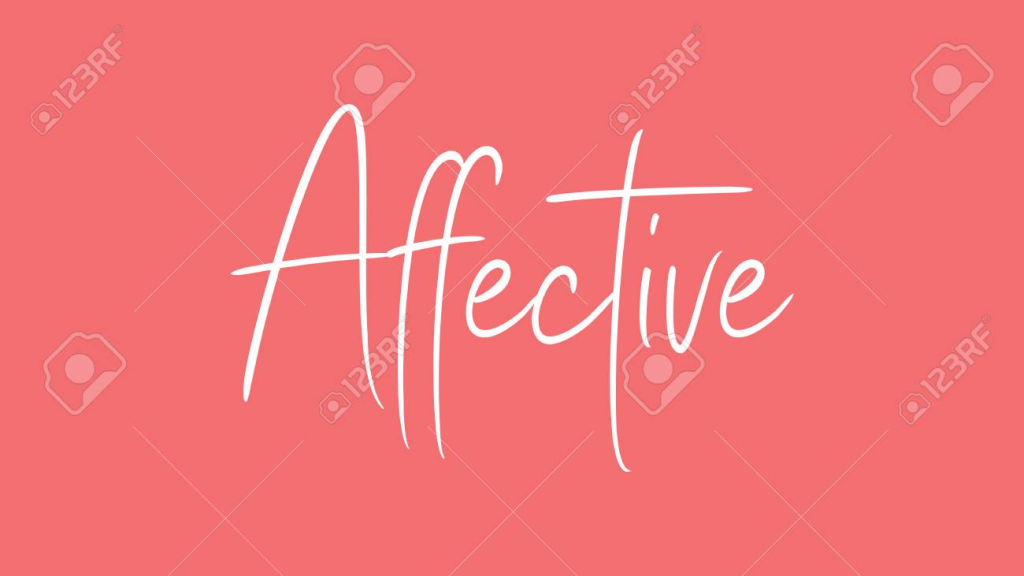
Relating to emotions and feelings.
10. Endorphins:
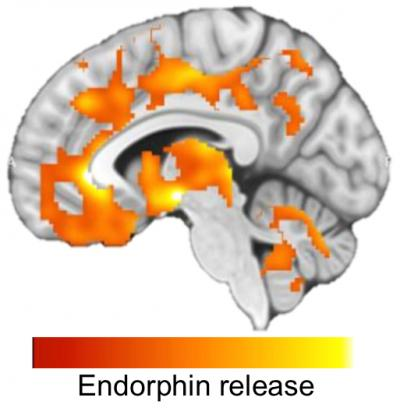
Natural pain killer substances in the brain and brain stem.
11. Corpus Callosum (Corpus Callosum) :
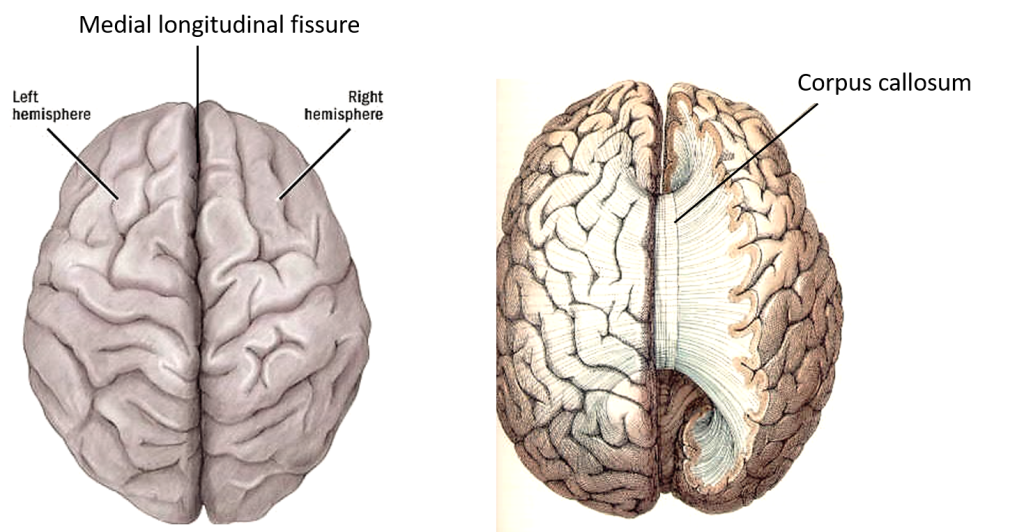
A band of nerves that connects the two cerebral hemispheres.
12. cerebral hemisphere:
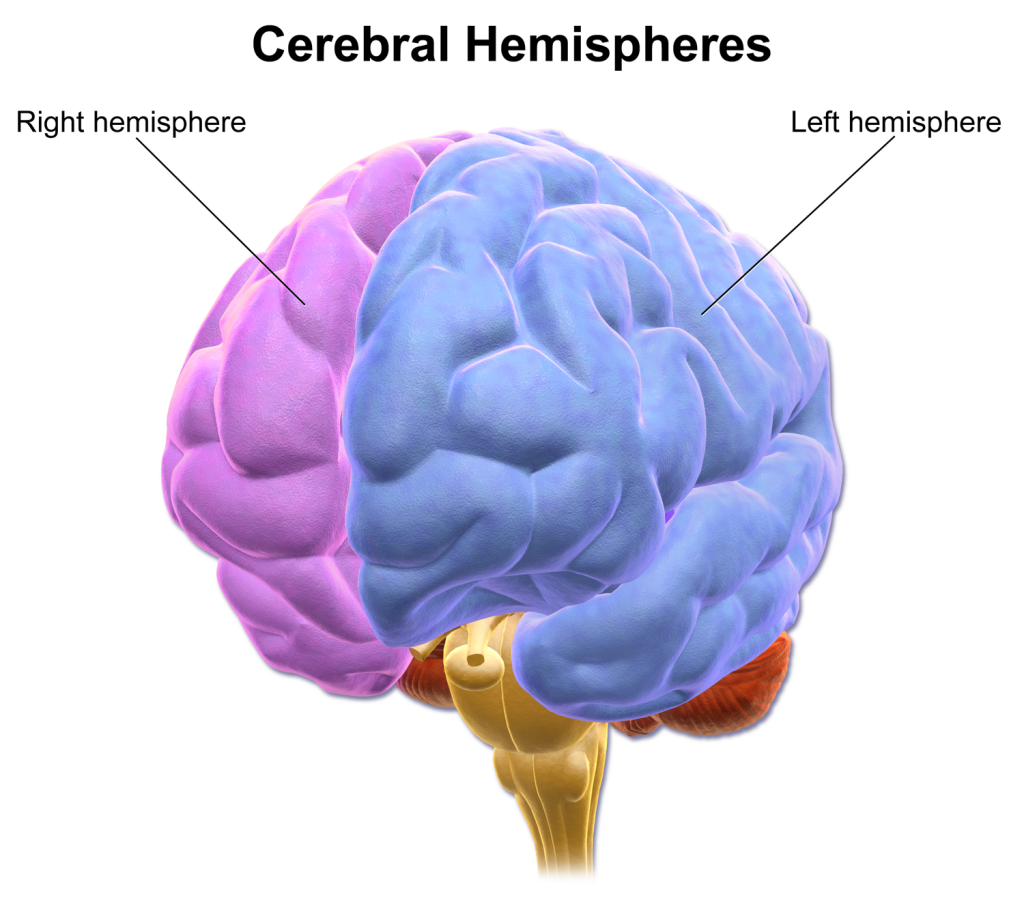
The two halves of the cerebral cortex, which are divided into two parts, right and left.
13.Brain:
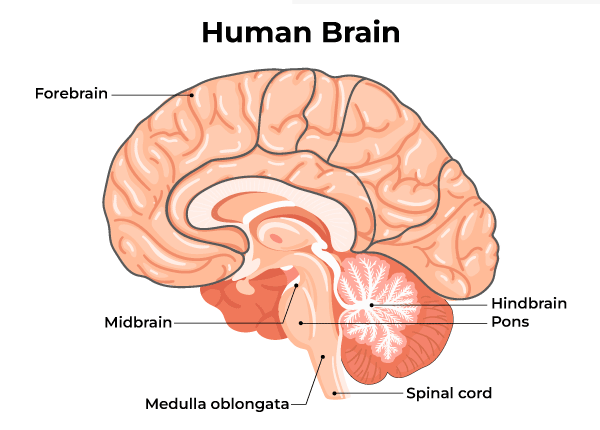
An organ of the central nervous system.
Introduction:
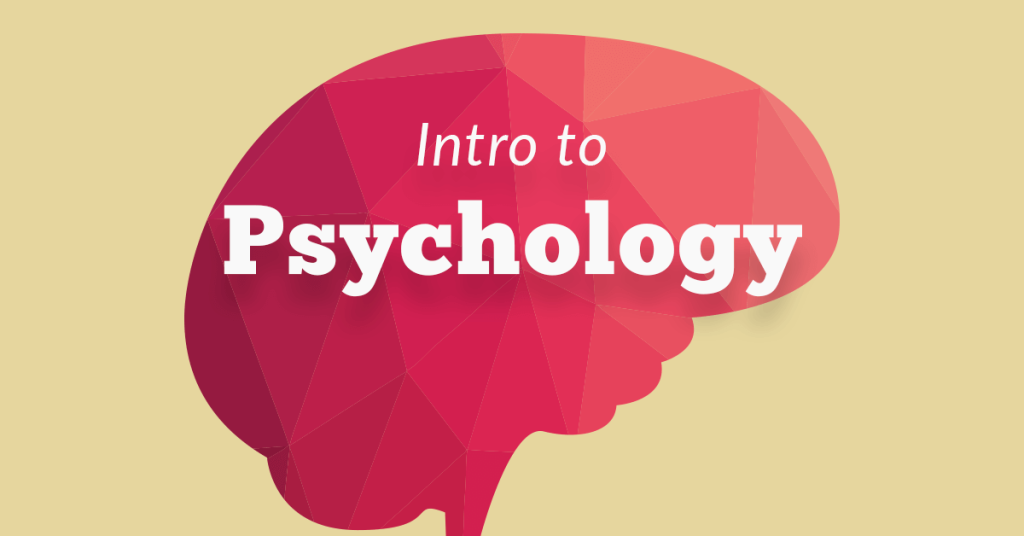
Psychology is a science that can explain and control the behavior of organisms.
In 1976, Desiderio, Hawism and Jackson said that “Psychology is the broad study of human and animal behavior and can also be understood as mental and psychological processes”.
So from this it can be said that psychology is a science that can study behavior. So the question is what is behavior????
DEFINITION OF BEHAVIOR:
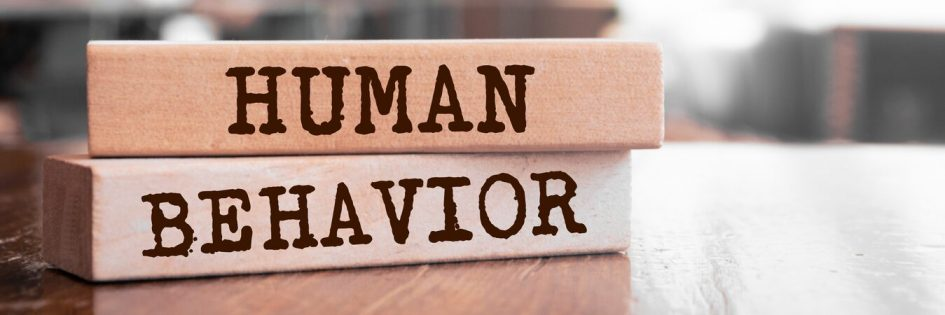
Behavior has a very broad and comprehensive meaning. All activities are involved in behavior, such as motor, sensory, covert, overt etc. Activity is a manifestation of life and behavior is a collection of all these activities. According to Woodworth, behavior is the activity performed from the womb to birth and till the end. This includes not only conscious but also subconscious and unconscious behavior, that is, both covert and overt behavior. This behavior is not limited to human behavior. This psychology is also seen in animals and plants. This suggests that all living things have behavior and psychology. Behavior in a word is the sum total of the experiences and activities of a lifetime.
NATURE OF BEHEVIOUR:
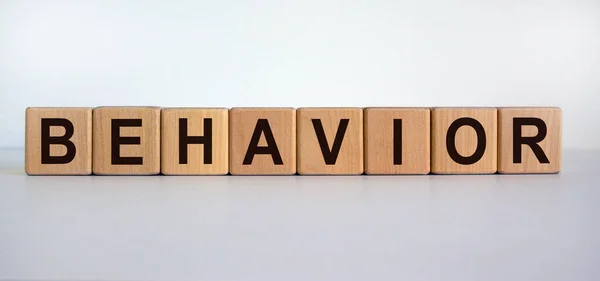
An infant (1 month to 1 year old) is born with many behaviors. The development of behavior depends on how the child interacts with the outside world. The human society in which the child develops learns its values and adjusts itself according to that environment. This behavior varies from person to person. Due to which many similarities and differences are seen.
A person’s nature and behavior depend on his DNA and his outside environment. His physical activity, cultural differences are seen in it. A child is not born with any racial differences, it is influenced by its DNA and the external environment.
Factores Affecting Behaviour:
1. Biological Factores:
These include the following factors.
a) Ductless Endocrine Gland:
This gland sends its secretions directly into the blood. It has no ducts. Its secretions are called hormones. These hormones are responsible for the changes in the personality of the person. Different types of glands secrete different types of hormones.
Pancreas:
The pancreas sends insulin into the blood. The amount of sugar in the blood depends on the level of insulin in the blood. When there is a deficiency of insulin, the sugar level inside the cells in the body also decreases and due to this, the supply of oxygen to the neurons decreases and due to this, there is a decrease in mental powers. Changes and imbalances are seen in the nature of the individual. There is a change in mood, anger and irritability appear and fear increases.
Thyroid Gland:
The thyroid gland plays a very important role in physical and mental development. If the thyroid gland is not present from birth, then the child does not develop. If there is excessive secretion of it, it causes rapid physical growth, excessive sweating, excessive thirst, irritability, anxiety, agitation, decreased tolerance to heat, and changes in personality are also seen.
If its secretion decreases, weight gain, drowsiness increases, skin becomes dry, hair loss becomes noticeable, and forgetfulness can occur. Therefore, both decreased and increased secretion of the thyroid can be harmful.
Adrenal Gland:
The adrenal gland produces adrenaline, which is also called Secretes hormones. Adrenaline plays an important role in human behavior. Due to adrenaline, sexual characteristics are seen in both males and females. Along with this, it also gives fight and flight response. When any stressful activity arises. If its amount increases, then due to this, blood pressure can increase and heart rate also increases. When adrenal gland secretion decreases, muscles relax, pupils dilate, and sweating occurs.
Gonads:
The secretions of the gonads or sex glands play a very important role in influencing behavior and personality. This gland and its secretions are very important in developing primary and secondary sex characteristics in males and females.
Pitutary Gland:
The hormones secreted by the pituitary gland control the function of all other glands. The effects of these hormones depend on heredity and environmental factors. Its hormone secretion affects growth, development and behavior.
b) Physical:
Physical structure is related to temperament. E.g. : Fat people are more reserved and social and thin people are more irritable, self-controlled and less social.
c) Body Chemistry :
The differences in temperament are due to changes in the chemical elements of the person. These chemicals are of two types, one which is produced inside the body and the other which the person takes from outside, e.g. alcohol, drugs etc.
d) Other Factors:
These include factors such as sex (male or female), intelligence, and nervous system.
2) Social Factors:
- The environment of one person is very different from the environment of another person. Different factors affect it. Such as school, home, family and society etc. It is divided into.
- The home environment contributes greatly to the development and personality formation of a child. The effects of parents and their culture have a great impact on the child. For example. Overprotectiveness, scolding by parents, broken home, sibling rivalry, etc. have an impact on the child.
a) Home :
- A child is never born socialized, he becomes socialized after birth, and a wide variety of behaviors are seen in him. This depends on complex factors. When a child is born, he first comes into contact with his family members. Parents, brothers, sisters, grandfather, grandmother, etc. The child’s emotional relationship is connected with them. He learns qualities from them and behaves appropriately.
- When he is scolded, exploited, neglected, and not given enough care, he can also become antisocial. When the parents are overprotective of the child, such a child becomes completely dependent on the parents and cannot trust anyone else.
- A child raised in a democratic home can adjust socially in a better way. Within democratic parenting, the rules and regulations of living are told to the child by the family members from the very beginning and its benefits are explained.
b) School (School):
- The child comes out of the home environment and goes to the school environment. There he meets friends, there his group is formed and there he also meets people older than him. There he learns to be a good citizen.
- He also learns about his academic score and extracurricular activities like games, hobbies etc. It builds his self-confidence. If the child has any problem and the teacher notices it, he should immediately inform his parents about it.
- When the phase of puberty comes, the attitude of the person changes. Social activity may decrease, group activities and interests also decrease. Behavior becomes stable, positive and adult-like instead of being overly sensitive and antagonistic.
c) Society:
A child learns traits, values, attitudes, beliefs and behavior all according to the norms of society. His behavior is according to the expectations of society and according to his comfort. Generally, a person is judged according to his behavior within the society and all these things create different qualities in a person, such as language, attitude, etc.
Interaction Of Body and Mind:
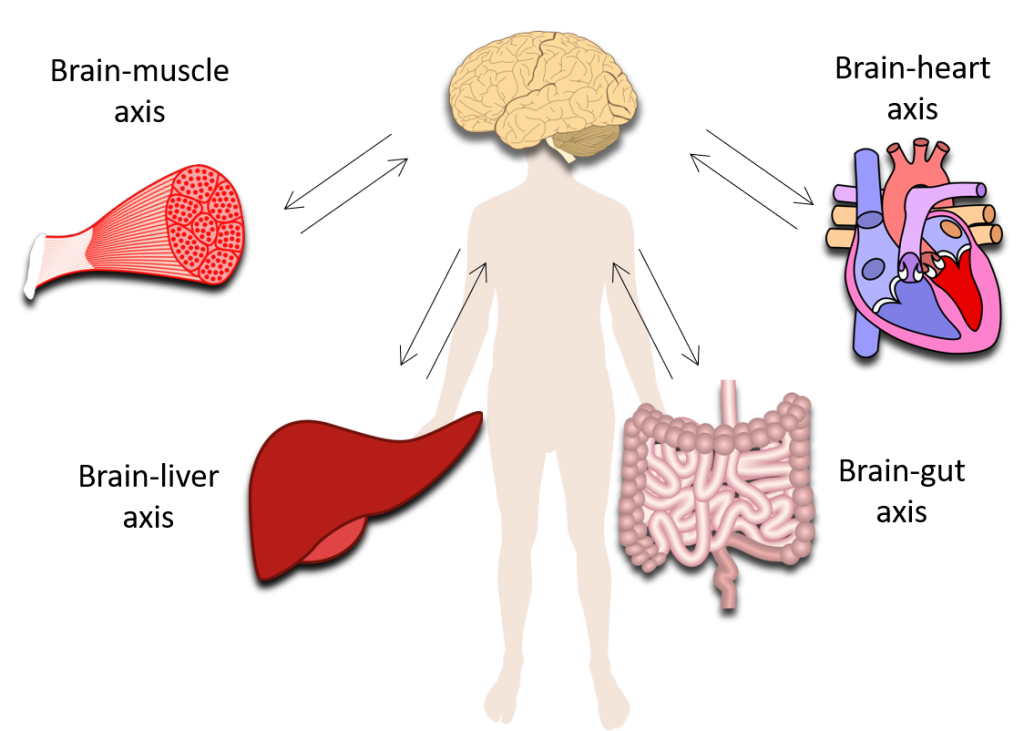
- Both neural and chemical processes are necessary. If we want to understand the relationship between the body and the mind and our behavior towards it, then we will see how the body affects the psyche (mind).
- When we talk about the body-mind relationship, we are looking at how a physical problem such as pain affects the psyche and what changes occur in behavior due to it. We describe these observable changes as occurring neurally and chemically.
Study of Drug and effects:

- A drug is a chemical substance. Which is a foreign substance to the body. It is introduced into the body either totally or partially (e.g.; Thyroxine hormone is also produced in the body and is also taken as a medicine, so it is partially in the body). Not all types of drugs interact with the mind, e.g. Penicillin drug is given at the time of infection but it does not have any effect on the mind or behavior. There are many psychoactive drugs that are considered by both psychologists and medicine, such as psychoactive drugs. For this, a hybrid branch has been created which is called psychopharmacology.
- Generally, the nature of drugs operates the physical system. However, their effects are also seen mentally. For example, due to medicine, memory, perception etc. are affected and due to this, the balance of body and mind can often be disturbed. Psychoactive drugs are divided into different categories. They have different natures and effects. Understanding the mechanism of action of these drugs and the drugs themselves helps us understand the relationship between the body and the mind.
Splint Brain and whole brain:
- Many believe that consciousness may also have a physical structure. When research was done on this in the brain, it was said that if someone thinks like this, then he may have an unusual mental syndrome. Sperry said that in such people, the stream of consciousness is not one, and such patients behave in many ways. It is as if they have two streams of consciousness, one in one hemisphere and one in both hemispheres.
- In other words, two minds, with no connection between them and each working in its own way. Fechner assumed that if we had two different hemispheres working in different ways, we would have two separate consciousnesses. Sperry was awarded the Nobel Prize in 1981 for this split brain.
Effect of body on Mind:
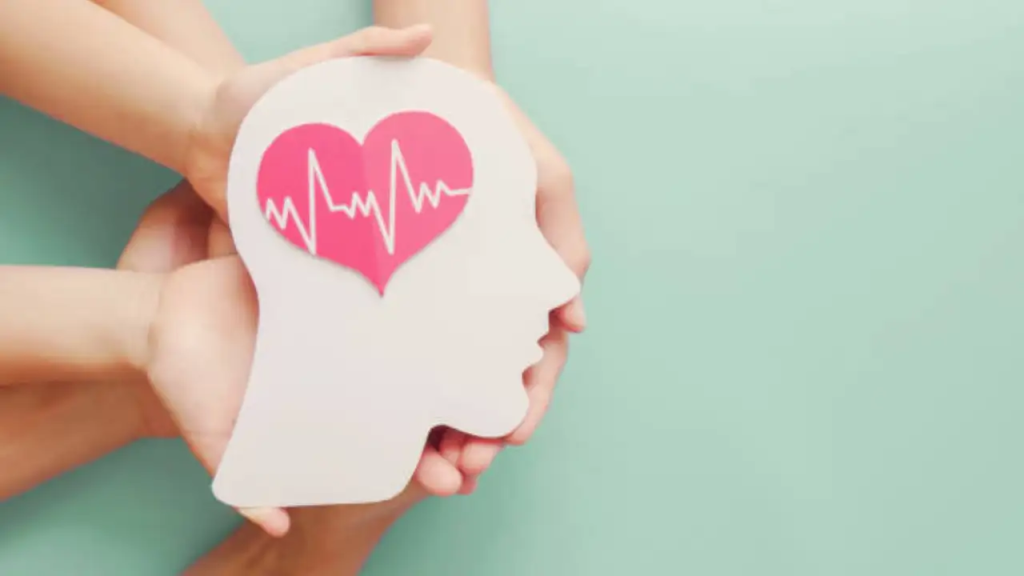
States of mind affect both physical and behavioral functions.
Effects of Stress:
- Stress, like pain, is a common experience. We are all familiar with stressful events; When we sit for an exam and our heart rate increases, we have cheated in the exam and the principal calls us to his office and the feeling we get is a type of stress, which we must have experienced. When we become aware of this feeling, we run away from it, but running away does not reduce the stress and does not solve our problem. Due to this stress, many normal changes are seen in the body, which need to be adjusted.
- Hans Selye said that stress is a non-specific response of the body when any unusual situation arises.
Mental Status and health:
- Our behavior affects our body. Partly stressors can be called our perceptions and reactions to stress affect our body’s immune system. All these things connect physical and mental health. If we see that a person is under stress for a long time (chronic stress), it affects his neural, hormonal and immune system. Meditation can be called the antidote to stress, which can lead to beneficial effects on the body.
- The effect of hormones on the body’s immune system is seen early on due to the ‘natural opiates’ which are also called endorphins. Endorphins work as natural pain killers. Their receptors are found in the brain, particularly in the brain stem. The higher level is the hypothalamus, pituitary, adrenal (HPA) system, and the combined work of this system results in the flight and fight response. The effect of which is also seen on the immune system. From this, it is not known that ; where is mind?
- Normally, our experience of the world is reflected by our inner thoughts and feelings, from this it is also said that we have a single consciousness. That is, the cortex structure of the brain is divided into two equal parts (hemispheres which are halves). This half structure is called a hemisphere, which is the cortex and is also called the cerebral hemisphere. The two hemispheres are connected by nerve fibers, and these nerve fibers are called the corpus callosum. Researchers have long known that the two hemispheres basically work for opposite body functions (e.g., the right hemisphere controls the left body, and the left hemisphere controls the right body). If consciousness is a single entity, then this hemispheric work is coordinated.
- In 1950, a psychologist named Roger Sperry suggested through experiments with monkeys that cutting the corpus callosum of the two hemispheres would have no significant effect on behavior, much less than a frontal lobotomy procedure. However, nothing can be said with certainty in humans. One difference is that monkeys do not speak, but according to Broca, speech is seen in one hemisphere, so no one is sure what would happen if we separate the two hemispheres of a human.
- In 1960, a surgeon named Philip Vogel of Los Angeles was treating a patient with long-term epilepsy. In most of the cases, anti-seizure medications are given for the treatment of epilepsy, but this patient did not improve and had very large attacks that were seen twice a week. In epilepsy, seizures start from one part of the hemisphere and spread to the entire hemisphere and the sensation gets distorted and convulsions occur. Malar attacks: In many cases, seizures are transferred from one hemisphere to the other through the corpus callosum and the corpus callosum acts as a bridge and due to this, the seizures increase. This is a serious problem. Due to this, the person can even lose his life. Malar attacks used to occur in Vogel’s patients. Vogel cut the corpus callosum of that patient and did that work. By doing this, Malar attacks are not only prevented but also the frequency of seizures is reduced. Due to this, the normal life of Vogel’s patient was improved.
Role of brain and behaviour in illness (Role of brain and behaviour in illness) :
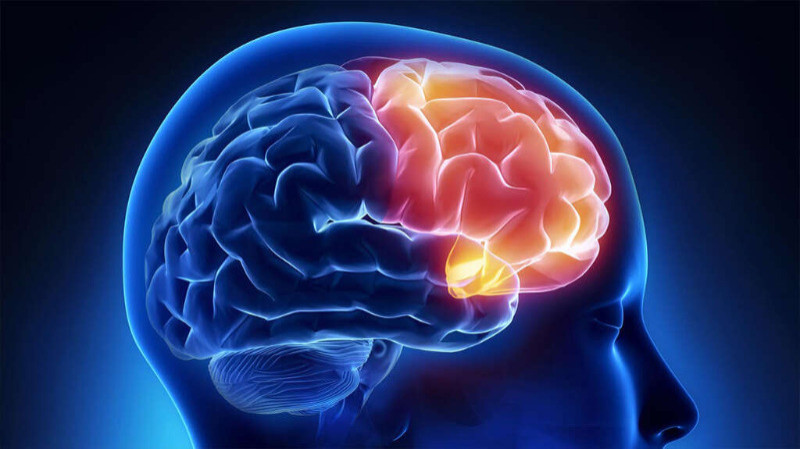
- As we see, the body’s systems and all the organs are interrelated with each other. The nervous system has a great influence on the body and the nervous system also works in conjunction with all the other systems. Due to this, the brain works for a person for twenty-four hours. The feelings and emotions of that person directly or indirectly shape the behavior of the person and the personality develops.
- Disease is called a bio-psycho-socio-spiritual process. This means that when a person gets any illness, his body, mind, and environment all work together for it. Illness is a complex interaction that is the result of attitude, stress, diet, heredity, etc. For example, stress can be psychological, physical, or environmental. To cope with stress, the body secretes many hormones such as catecholamines, corticosteroids, etc. These hormones cause a lot of damage to the arteries. Due to this, antibodies are suppressed and natural killer cells are also suppressed and they act on the body and cause diseases like rheumatoid arthritis.
Mental Health and Mental Hygiene:
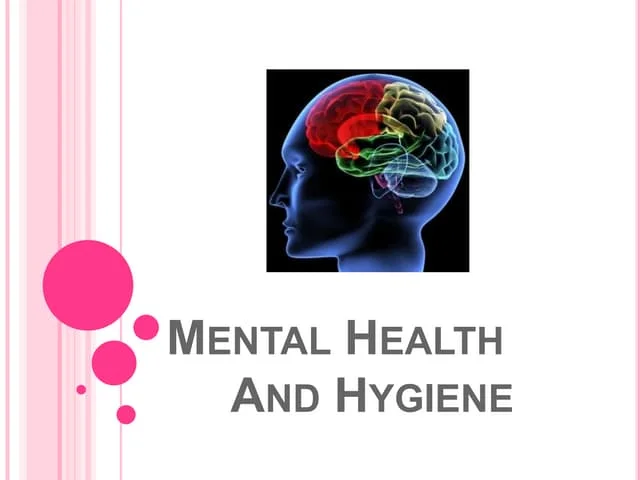
Definitions of mental health (Definition of Mental Health):
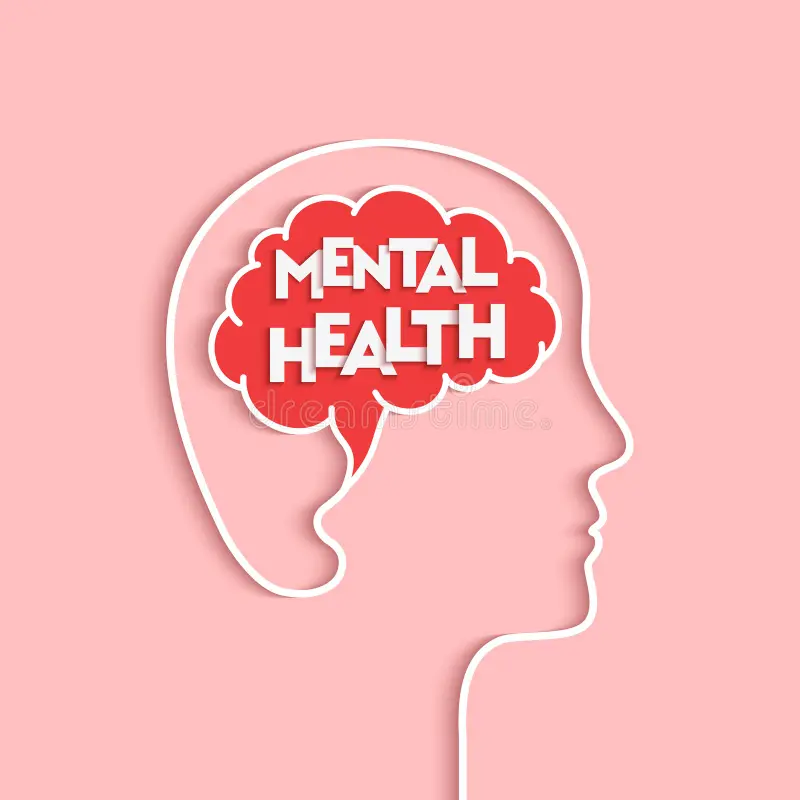
According to WHO
- “Health is a positive condition in which people are physically, emotionally, mentally and socially healthy and can fulfill all their responsibilities, perform all the functions of daily life and are satisfied with their internal relationships. A person is called mentally healthy.’’
- A person who adjusts to all situations in the world and becomes more and more happy is called a mentally healthy person.
Concept of mental health:
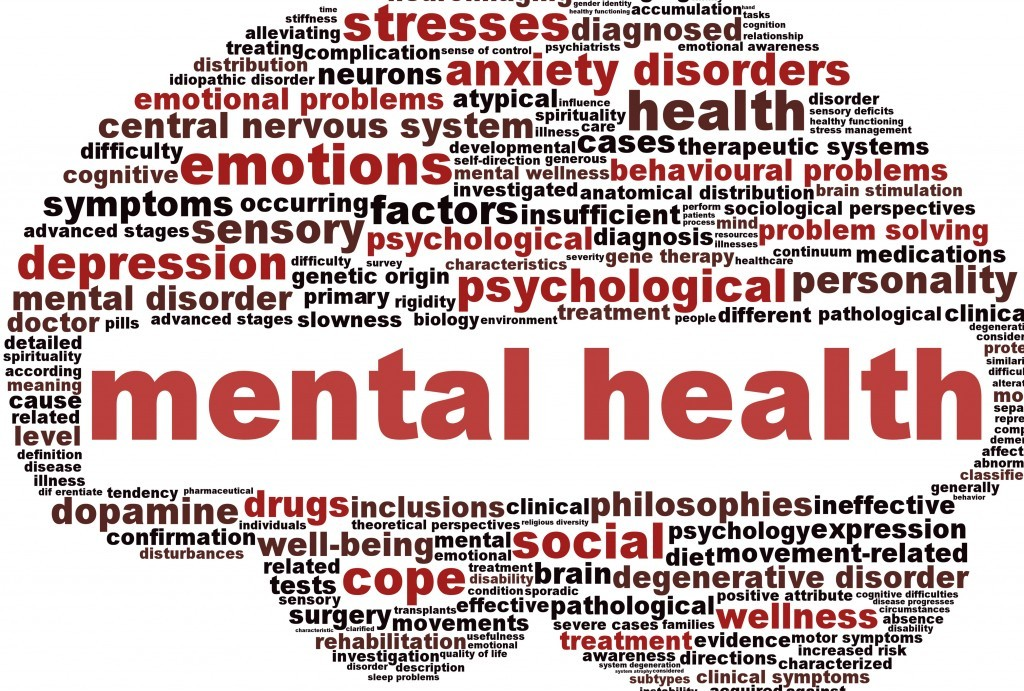
- Mental health and physical health are both dependent on each other, both are links connecting each other
- If a person is physically unwell, he will also be mentally unwell.
- Many philosophers and scientists believe that there is a natural relationship between the body and the mind.
- Positive mental health is one’s ability to cope with the current situation and adjust satisfactorily to the future. Change is the law of the universe
- A mentally healthy person is someone who accepts and enjoys the changes that occur in life.
- He develops satisfying relationships with others.
There are two aspects of mental health.
1-Individual Aspect (Individual Aspect) Aspect):
- Individual aspect means being internally adjustable, confident and free from all internal opposition, disappointment, tension, thoughts, emotions and adjusting to the people and environment around you.
2-Social Aspect (सामजिक पासुन):
- Every person is born in a society, so he Society has the responsibility to educate and build its traditions and customs.
- When internal adjustment is seen in his behavior, that person is accepted as a member of society.
- Home, school, community child Provides love, security, shelter, attention and basic needs during its growth period which enhances its mental health.
Characteristics of Mentally Healthy Person:
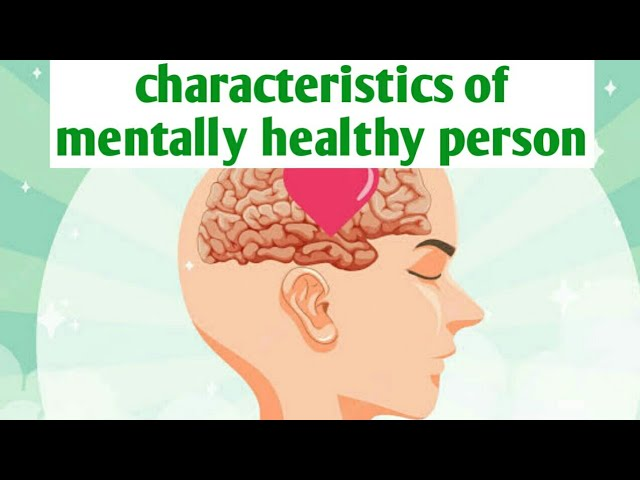
1-free from internal conflicts he is not at war with himself
One who is free from his inner conflicts
- -Enjoying a positive philosophy of life.
- -Maintaining daily routine activities such as eating, resting, sleeping, physical activity and hygiene.
- -Free and independent from inner conflicts, stress and worries
2-he search for identity
She finds her identity
- -Confidence in her ability to succeed.
- -Satisfaction with her gender.
- -Security of her value and self-respect in the group.
3-he knows himself his needs problems and goals that means self actualization.
He knows himself his needs problems and goals that means self actualization.
- -Accepts his responsibilities successfully and happily
- -Evaluates his own behavior.
- -Accepts all his own shortcomings.
- -Enjoys a positive philosophy of life.
- -Enjoys his hobbies in his free time.
4-he is well adjusted
He is well adjusted.
- -He adjusts well to all situations
- -He accepts criticism if someone criticizes him. is.
- -Does not get discouraged easily.
- -Resists frustrations and disappointments from everyday life.
- -Develops confidential relationships so that one can share their feelings, concerns, fears, etc. without any hesitation.
- -Accepts and respects the decisions of others.
- -Copes with stress in life is.
5-he has a strong sense of self esteem
He has a strong sense of self esteem.
- – He feels satisfaction and joy in his daily routine work.
- -If any problem arises, he is able to face it.
6-he faces problems and tries to solve them intelligently that means coping with stress and anxiety.
If any problem arises, he faces it and tries to solve it intelligently and copes with stress and anxiety.
- -If any problem comes, he accepts it and is capable of taking decisions to get out of the problematic problem
- -If problems attack him, he faces them and does not run away from the problem.
7-he has a good self control.
He has a good self control is.
-Develops personal talents and skills.
Characteristics of a mentally healthy person:
- A mentally healthy person is able to adjust to other people, situations, and the world around them.
- He has the ability to solve his own problems through his own efforts.
- He has the ability to make his own decisions.
- A mentally healthy person has a sense of responsibility.
- Emotional maturity is seen in his behavior.
- Tolerance towards disappointment and frustration is present in his behavior.
- He lives a balanced life of work, rest and recreation.
- He has the ability to give meaning and purpose to his daily activities.
- He has the ability to understand the problems of others.
- A mentally healthy person has a sense of personal security.
- A mentally healthy person is not greatly affected by the changes in his life. He takes the obstacle as an opportunity.

warning sign of poor mental health (Warning sign of poor mental health) Health):
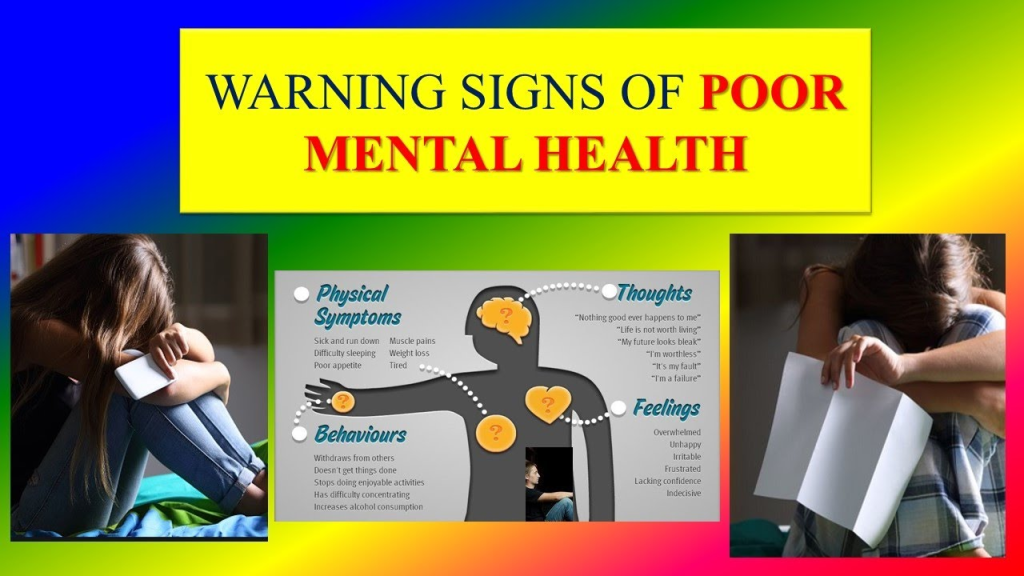
In an adult
- -Long-term anxiety and depression
- -Confused thoughts
- -Personality changes
- -Excessive anxiety and fear
- -Low ability to cope with any problem
- – Addiction to alcohol or other drugs
- -Suicidal thoughts
- -Changes in eating and sleeping patterns
- -Excessive anger, opposition, and violent behavior

In a child
- -Excessive crying
- -Loss of interest in sports
- -Feeling of fear and anxiety in normal activities
- -Constant worry
- -Not participating in any school activities or tasks
- -Difficulty completing schoolwork competently
- -Has no friends and fights with others
- -Gets angry excessively
- -Isolates himself from other people and lives in solitude
- -Regularly talks about accidents and death
- -Using certain words such as
- * I can’t do anything.
- *I’m stupid
- *Nobody loves me
- *I know you all hate me
- *Nobody likes me, etc.

EMOTIONAL CONTROL:
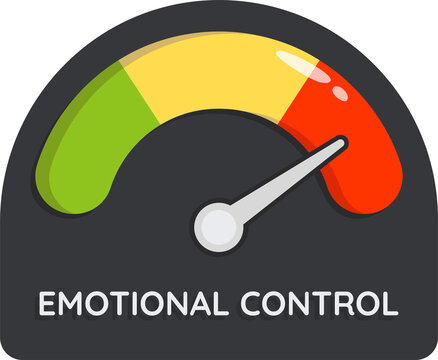
- In everyday life, emotions have a powerful impact.
- Our mood, choices, communication, and our relationships are all influenced by emotions.
- Emotions color our lives.
- Joy, sorrow, fear, anger, sadness, jealousy are all emotions.
- Emotions can be positive (such as joy, happiness) or negative (anger, sadness).
- To have a healthy and peaceful life, a balance between both types of emotions is necessary.
To control emotions, the following points should be kept in mind:
- Gaining knowledge about emotions, their causes and consequences.
- Understanding not only the emotions of others but also your own emotions, limitations and strengths helps in controlling emotions.
- Keeping yourself busy by participating in useful activities will take your mind off emotionally arousing experiences.
- Controlling emotions does not mean ignoring them. It means first identifying the emotions and then acting on them appropriately. So, control your life by controlling your emotions.
- As it is said “Control your emotions, don’t let your emotions control you”.
Here are some steps to learn how to gain control over your emotions.
1. Know your emotions and what causes your emotions
- There are emotions that can be the result of other emotions. For example, jealousy is an expression of fear that you are not as good at studies/anything else.
- So one should know what kind of situations are causing which emotions.
2. Pay attention to what was going on in your mind when the emotion appeared
- Analyze what you were thinking, until you think. That is what caused the emotion
- For example, your boss can’t make eye contact with you at lunchtime. And without even realizing it, you start thinking “he is preparing to fire me”.
3. Start to connect evidence about why you reacted the way you did
- Write down all the evidence that supports or contradicts the idea that triggered the emotion. When you start to think about it, you may realize that no body is a good match for this particular boss, he can’t really fire anyone because the department is so understaffed. And his reaction at lunchtime may not be what you thought.
4. Explore all the other different possibilities to see that situation in a more rational and balanced way.
- With this, you can conclude that your job is safe regardless of your boss’s annoyance. And so you are free from the feeling that was bothering you.
5. Consider other options/ways you can respond.
- You always have choices, think of at least two ways. For example, if someone insults you, and you feel angry, you immediately respond to that insult. But whatever the feeling, there are alternatives. Don’t react, do nothing. This approach is especially good when you know that someone is trying to upset you.
- Relax yourself: Easy to say, but hard to do. But there are some ways to relax that don’t require a lot of training, experience, or willpower. When we’re angry or upset, we clench our jaws. Deep breathing is a simple and effective way to control emotional distress.
- Remove yourself from situations that will cause negative and unnecessary emotions.
6. Identify the thoughts that cause negative emotions.
- If negative thoughts repeatedly invade your mind, say ‘stop’ out loud. Whenever those negative thoughts come to mind, say “stop” to yourself.
7. Discuss with friends, family or relatives and get suggestions.

PSYCHOLOGICAL PROBLEMS OF PATIENTS AND RELATIVES problems):
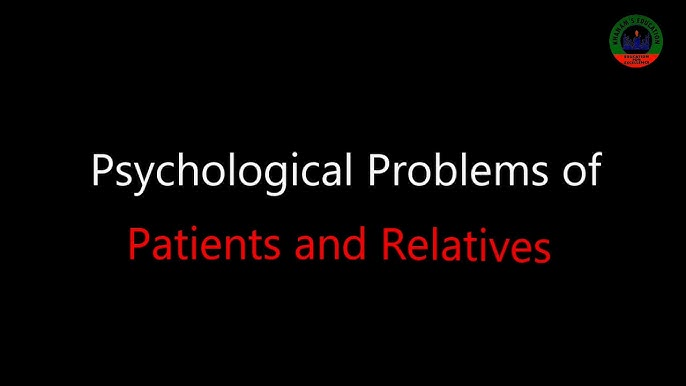
- For some reason, illness leads to psychological problems for the patient as well as their caregivers.
- People suffering from physical illness often lose the ability to perform various types of activities.
- The focus should be on meeting the psychological needs of patients as well as relatives/caregivers.
- However, it is well recognized that the diagnosis of a disease and its exhausting treatment are extremely stressful events and emotional burdens for the patient. And this is very important to understand the psychological or emotional factors of the patient in understanding the disease.
- The psychological/emotional problems of patients and their relatives are listed as follows:
1) PSYCHOLOGICAL REACTIONS TO DIAGNOSIS:
- When the doctor diagnoses the patient and informs him about the disease and the risk of his survival, the patient and The family has to use various defense mechanisms to maintain psychological stability.
- They face intense emotional reactions.
- Common psychological symptoms are changes in body image, deformities, addictions and fear of death.
- The patient’s first response is to fear of death, fear of separation from others and to self and mental disorders, communication with family, etc.
- A patient with fear of death goes through various stages and states such as denial, anger, depression and acceptance.
2) PSYCHOLOGICAL RESULTS OF DISEASE AND TREATMENT (Psychological results of disease and treatment)
- This can be very important depending on the patient’s disease and their own health.
- This leads to physical and biochemical changes.
- Physical changes in appearance such as deterioration (severe weight loss) or weight gain, shortness of breath, swelling, pain, cough, sleep problems, loss of appetite Feeling and fatigue are seen.
- Blood Investigation – (Increase in blood sugar, such as in diabetes).
- There is a strong link between physical and metabolic changes and psychological outcomes such as low self-esteem, depression, anxiety, fear, etc.
- Medicines can cause unwanted side effects. All types of medicines, including prescription and over the counter medicines, herbal, vitamins and natural or herbal medicines, can have side effects.
3) SIDE EFFECTS & COMPLICATIONS OF DISEASE & TREATMENT (side effects of disease and treatment):
- Long-term complications of the disease develop gradually.
- Increases the risk of complications. These complications can also be fatal. Because emotional relationships can influence the progression of the disease and vice versa.
- Factors such as financial burden, decreased physical activity, fatigue, sleep deprivation, lack of social support, and unwanted side effects of pharmacotherapy can worsen the patient’s condition.
4) PSYCHOLOGICAL DISORDERS:
- The patient may have various psychological disorders. There are many predisposing factors for mental disorders in a patient such as the nature of the disease, other physical problems, previous depression and psychological disorders, communication with the family, etc.
- Psychological disorders that are commonly seen in patients are mainly depressive disorder, adjustment disorder, posttraumatic stress disorder.
- The illness of a family member affects every member of the family and the entire family emotionally.
- In the event of a serious illness of one of their members, every family reacts with fear.
- After the initial diagnosis, the diet, medicines or Death requires cooperation between family members.
- Families have difficulties in accepting the pain of their members and that is why the activities during treatment for families are very important.
- They make it possible for the patient to reconnect with their families, to re-identify and accept the needs of their parents, partners and children, as well as to re-learn how to live.
- Psychological problems that can affect the course of the disease are depressive life events, social relationships and social support, personality traits, coping with the disease, negative emotional reactions, psychological disorders and repressed emotions as described below.
- Stressful life
- Death of loved one
- Job loss
MOTIVATION:
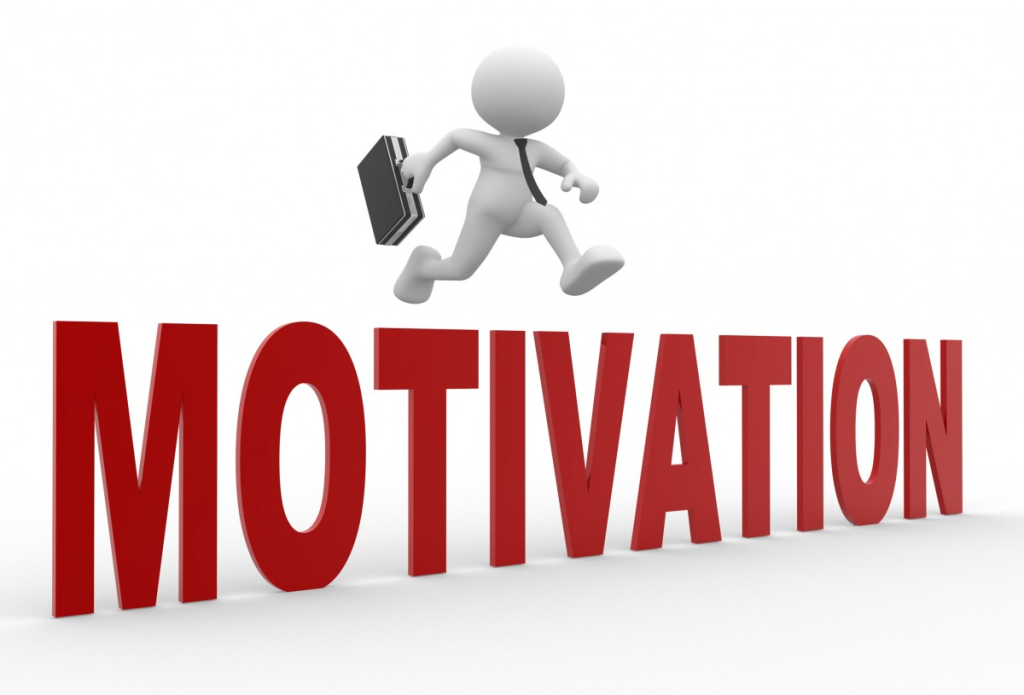
INRODUCTION ( Introduction ):
- A girl wants to be a police officer.
- A man strives for a good job.
- A person in severe pain desires relief from pain.
- A person is severely hungry and thinks of nothing but food.
- A woman works hard at her job to achieve a sense of success and competence.
- These are just a few of the motives that play a huge role in human behavior.
- Basic desires such as hunger and sex, complex long-term motives such as political ambition, desire.
- These examples show us that behavior is driven and pulled towards a goal.
- This driving and pulling force resulting in sustained behavior directed towards a specific goal is known as ‘motivation’.
DEFINITION OF MOTIVATION ( Definition of Motivation):
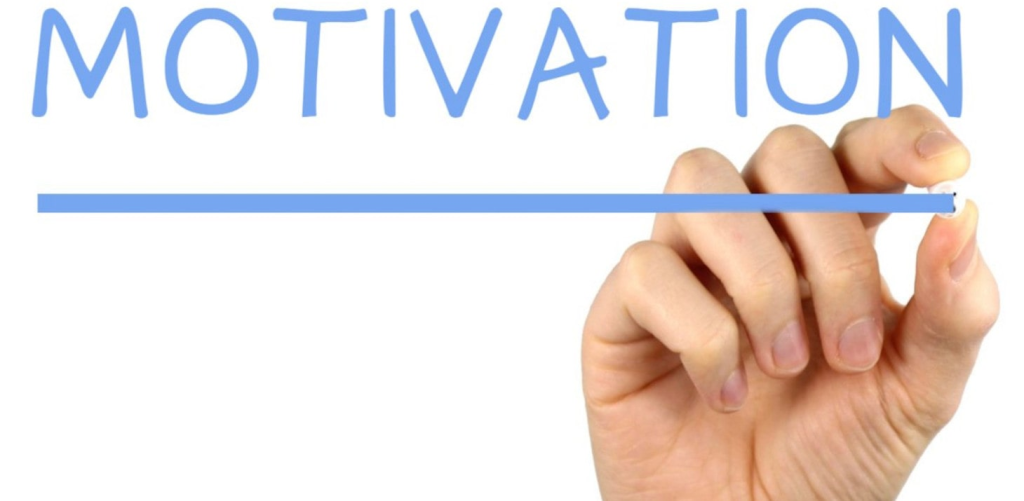
Definitions of motivation:
- Motivation is derived from the Latin word ‘movere’ which means “to move or excite or activate.” Literally, it is a process that awakens energy in a person or motivates them to move forward in an activity. The activity is stimulating, fulfills a need, and reduces the pace of stress. Until that need is met, the drive does not decrease.
- Motivation is often used to refer to a person’s goals, needs, desires, intentions, and motives.
- For example, when someone is hungry, the need is for food, and that drives the drive. When food is sought and the drive “hunger” is reduced and activity ceases, all human behavior is motivated by something.
CONCEPT OF MOTIVATION:
- Today, virtually all people and scholars have their own concept of motivation and they include various terms such as motives, needs, wants, drives, wishes, incentives, etc.
Define motivation. There are three words to understand the concept of motivation, namely motive, motivator and inspiration.
MOTIVE: Motive is an internal state that energizes, activates or moves forward (hence motivation) and which directs behavior towards goals. Motive is a restlessness, a lack, a force that pulls and excites the organism to do something to reduce restlessness, remove the lack, relieve the force.
Motive – purpose (needs in individuals).
Motivating – motivator (activating needs and providing an environment for satisfying needs).
motivation – motivation (engagement in action behavior).
- Intentions can be inferred from behavior (the things that are said and done). They can be conscious or unconscious. Motivations also help in predicting behaviour.
MOTIVATING (motivator) :
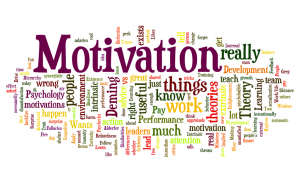
Motivating Motivating:
- Which suggests that one person, in a social context, becomes a channel for satisfying a purpose and motivates another person to engage in action (towards a goal) by ensuring that it is appropriate for the person. For example, in school/college, the teacher motivates and channels the student to reach the goal.
MOTIVATION:
- While motive energizes action, motivating is channeling
- The activation of motives, motivation is the action behavior. Motivation depends on motives and motivation becomes a complex process.
- McFarland has defined motivation as that which involves the urges, impulses, desires, ambitions, efforts or needs to direct, control or explain human behaviour.

NATURE OF MOTIVATION:
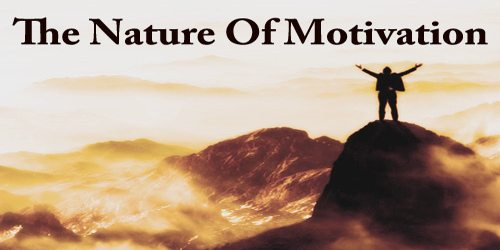
- Based on motives
- Affected by motivating
- goal-directed behaviour
- A person concerned with satisfaction is fully motivated.
- Needs are the inner feelings of a person.
- Even if needs are identified, the problem does not end here. As a specific need they can result in different behaviors of different individuals.
- A specific behavior can be due not only to a specific need but to different needs.
CLASSIFICATION OF MOTIVES/DRIVES/HUMAN NEEDS:
1.Organic/Physiological/Biological Motives: (Organic/physiological/biological purposes)
a) Hunger
b) Thirst: Thirst
c) Desire for sex : Desire for sex
2. Personal motives:
- Life’s goal
- Vocational ambitions
- Level of aspiration
- Specialized interest eg. Sports, hobby etc. (Special interests e.g. sports, hobbies etc.).
3. Social motives / mastery : Social motives / mastery:
a) Need for achievement : Need for achievement
b) Need for affiliation: Need for affiliation
c) Need for power
4.Unconscious motives (Onconscious Motiv):
TYPES OF NEEDS :
1. Maslow’s hierarchy of needs (Maslow’s needs):
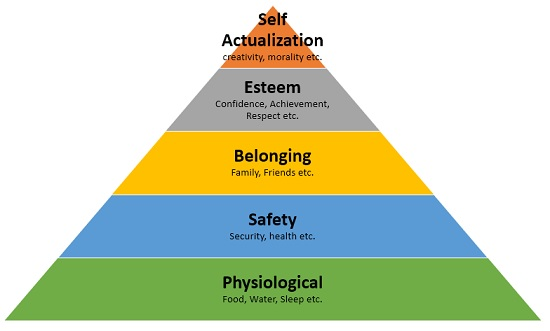
- Level 1 : Physiological needs
- Level 2 : Safety needs
- Level 3 : Love/Belonging needs
- Level 4 : Esteem needs
- Level 5 : Self-actualization needs
2.Murray’s types of needs:
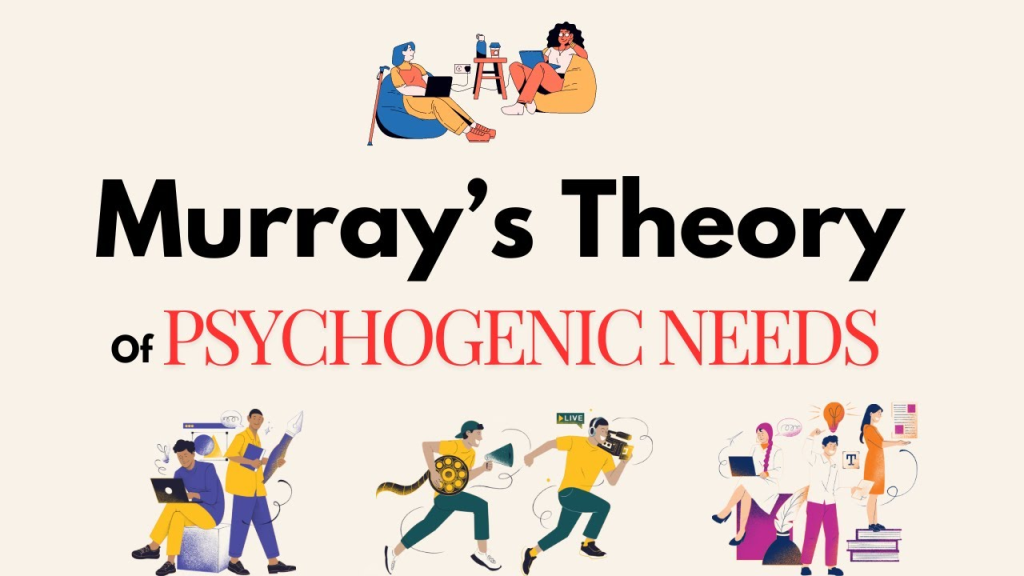
1. Primary needs :
2. Secondary needs :
a) Ambition needs (needs of ambition)
b) Materialistic needs
3. Power needs :
4. Affection (love) needs :
5. Information needs
3.McClelland’s Three Needs:
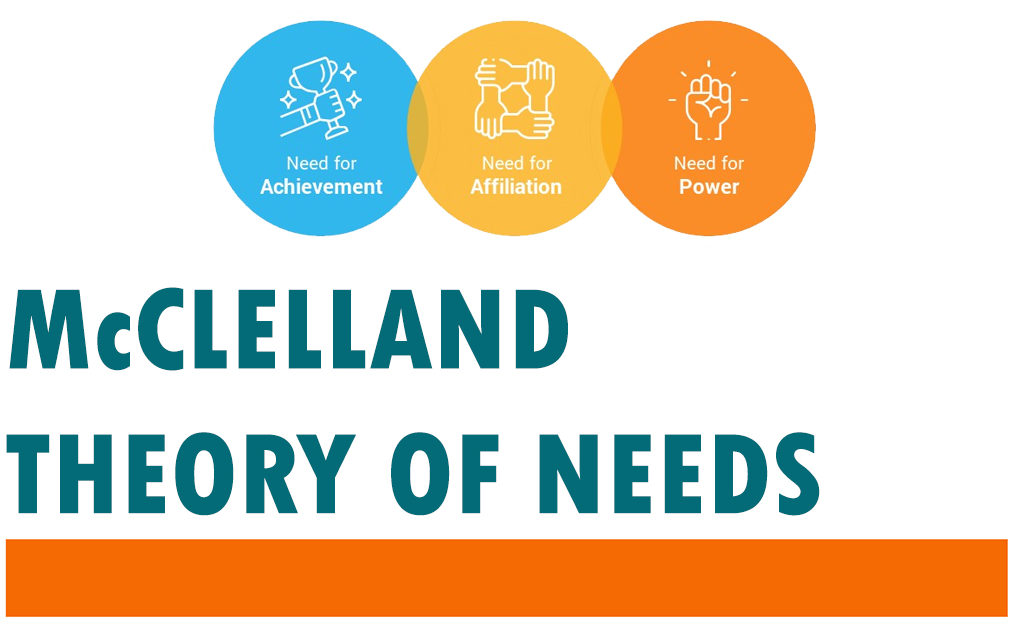
* Achievement needs
* Authority/power needs
* Affiliation needs
THEORIES OF MOTIVATION
1. Drive theory :
2. Incentive theories :
3. Maslow’s theory of human motivation :
Maslow’s theory of human motivation:
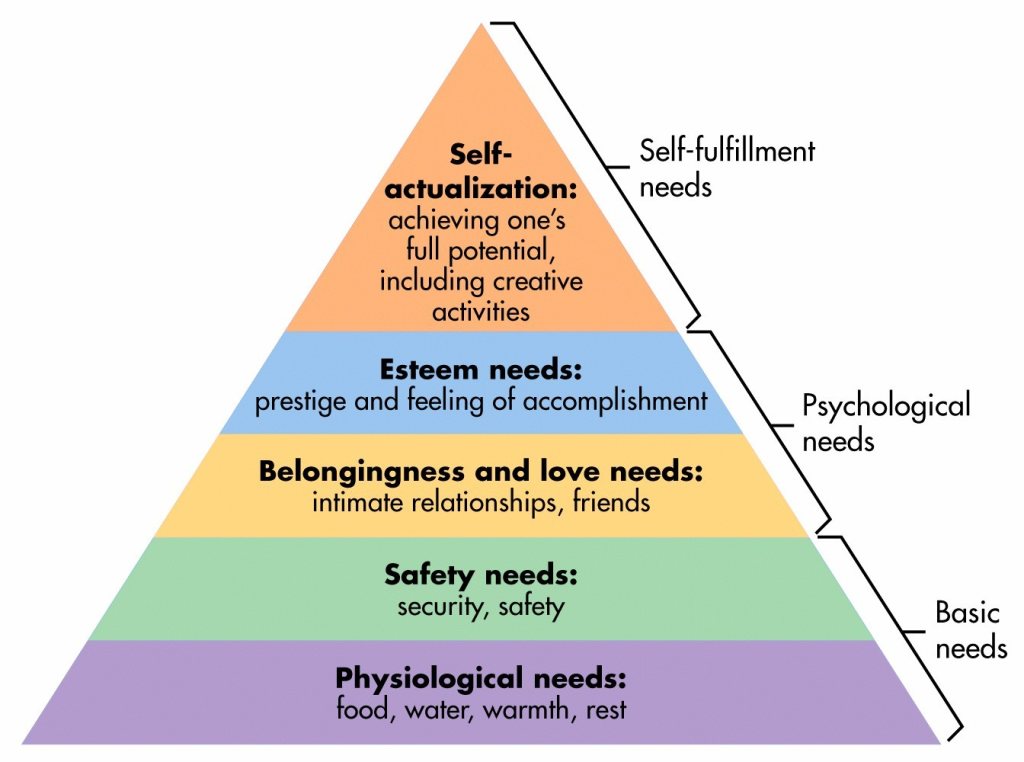
- Abraham Maslow has given a higher key theory of human motivation
- In which the action that human behavior takes when tension is low and tension is high is explained
- Hierarchy is an arrangement of stages in which all motivations are arranged from lower level to higher level
- The hierarchy has levels that are arranged as needed

BASIC NEEDS :
Basic needs include Physiological and Safety & security (safety and security) includes
Physiological needs (physiological need): means physical needs which include food (food), (water) water, air, sleep (sleep) clothing, exercise, elimination, shelter.
Safety & Security Needs: Safety and security needs include protection from harm, healthiness, freedom from fear and security, balance in family and society, and property.
PSYCHOLOGICAL NEEDS:
Psychological needs include attachment needs and self esteem needs
Attachment need (Attachment Need):
Love-related needs which include giving and receiving affection, satisfaction in the relationship between two people, good friendship, connection with each other, identification with a group, all these points are included.
Self esteem need:
Respect needs
Self respect, confidence (self-confidence), achievement (success), respect from others (respect from others), respect of others (giving respect to others) the need to be a unique individual.
SELF FULFILLMENT NEEDS :
Self actualization (self actualization):
Self awareness, self accepting, socially responsibility, creative ideas, spontaneous and open to novelty and positive attitude.
Self Awareness means awareness of oneself, social responsibilities, new ideas and a positive attitude towards challenges.
All these levels of Maslow’s hierarchy are arranged in a sequential manner which are attained one after the other.
In 1970-1990, Maslow included Cognitive needs, Aesthetic needs and Transcendent needs. Thus, now it is eight-need model.
Cognitive needs : One needs to increase knowledge to understand nature and everything that happens around it. And one should become knowledgeable and intelligent.
Aesthetic needs : Aesthetic needs: These are the needs of the environment and lead to a beautiful feeling of intimacy with nature and everything beautiful
Transcondence needs : Maslow later split the top of the triangle to add self-transcendence, which is sometimes also known as spiritual needs. It can help others achieve self-actualization. When it is accomplished, there is a feeling of fulfillment.

Stress:
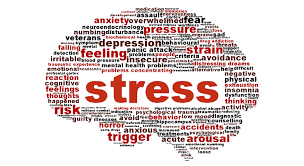
Introduction:
- Stress It is found everywhere in the world and in all people.
- In the world, everyone experiences stress.
- Everyone experiences stress differently, such as people who work have job-related stress, children have school and exam stress, in the same way, everyone experiences stress differently.
- Stress is seen in many ways. We have to face stress at every step and stage of life.
- Stress is a part of our life that we cannot avoid. No.
- With every challenge in life comes stress, but this stress gives two types of results, positive and negative.
- The result we get is based on how we take stress. If we take stress positively, it is positive and if we take it negatively, it is negative.
Definition of stress:

- Stress means that when something is demanded and if that thing is not available, tension arises, it is called stress.
- Hans Selye defined stress as “the body’s response to any change in demand. “non-specific response.”
- “Any situation can be stressful for one person while challenging for another. For example, cooking can be a source of stress for someone who hates spending time in the kitchen, while for someone who loves to cook, it can be an exciting challenge.”
NATURE OF STRESS (Nature of Stress):
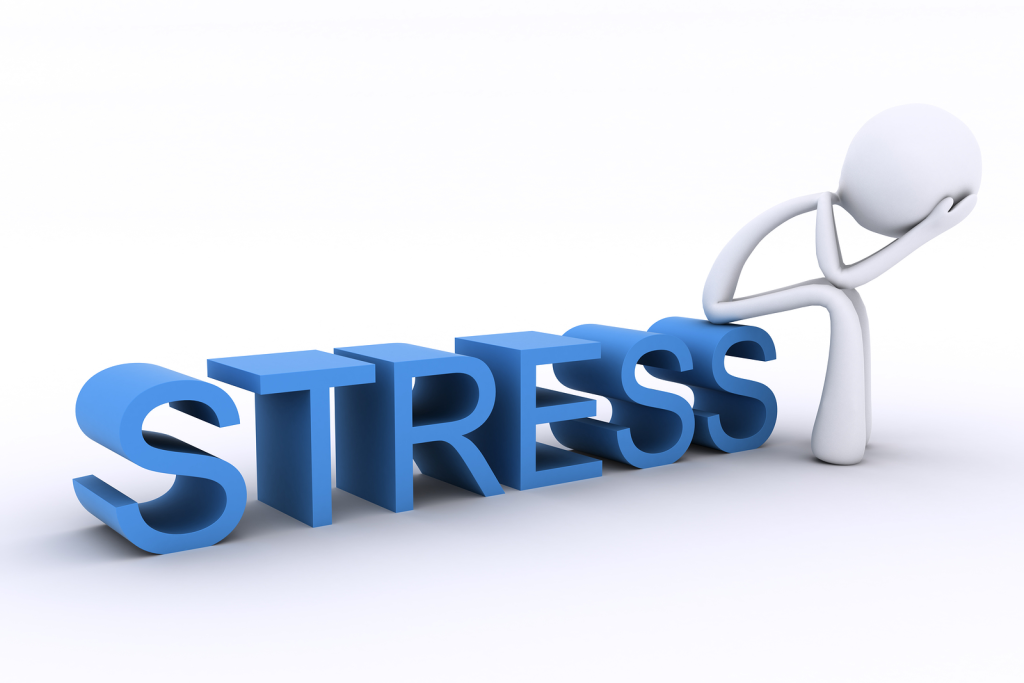
- Any reaction to change leads to stress in both positive and negative ways.
- Both our body and mind are affected by stress.
- Under normal circumstances, stress prepares the body for “fight or flight” by stimulating certain hormones like adrenaline, increasing heart beats, and speeding up the body’s digestion.
- Therefore, stress seriously affects a person’s general health.
- Therefore, in order to cope with stressful events, it is important to identify the sources and effects of stress as early as possible.
SOURCES OF STRESS:
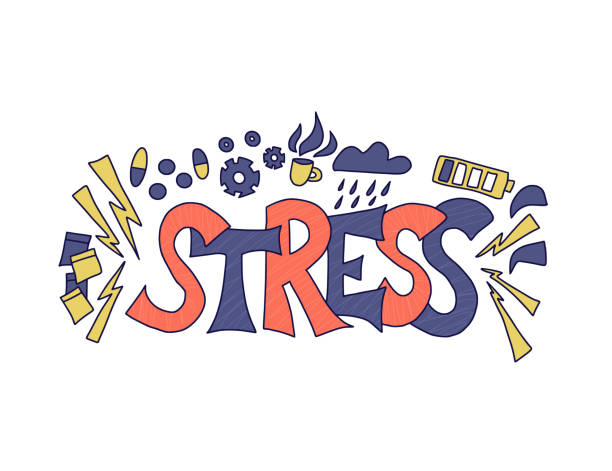
Problems of life:
There are many events in life that cause stress, such as daily repetitive activities and boredom, stress in family relationships, loneliness, and not having a job.
Conflict: When a person gets an opportunity from two or more places, such as a job offer from two places and both places are good for the job, there is a conflict as to which place to go.
Joblessness: If there is no business or job, stress occurs in life.
Divorce (Divorce): If any couple has to get a divorce for any reason, there is stress and tension due to separation.
Disaster: An accident or any disaster causes physical or mental injury and stress.
Frustration: When a person sets a goal in his life and does not achieve success despite making his behavior towards that goal, then that person experiences frustration and stress.
Individual Differences: All people in the world are unique, so everyone’s emotions and emotional The points of strong and weak are also different, some are emotionally strong, while others are emotionally weak. People who are emotionally weak tend to be more sick and stressed. TYPES OF STRESS:
Types of Stress:
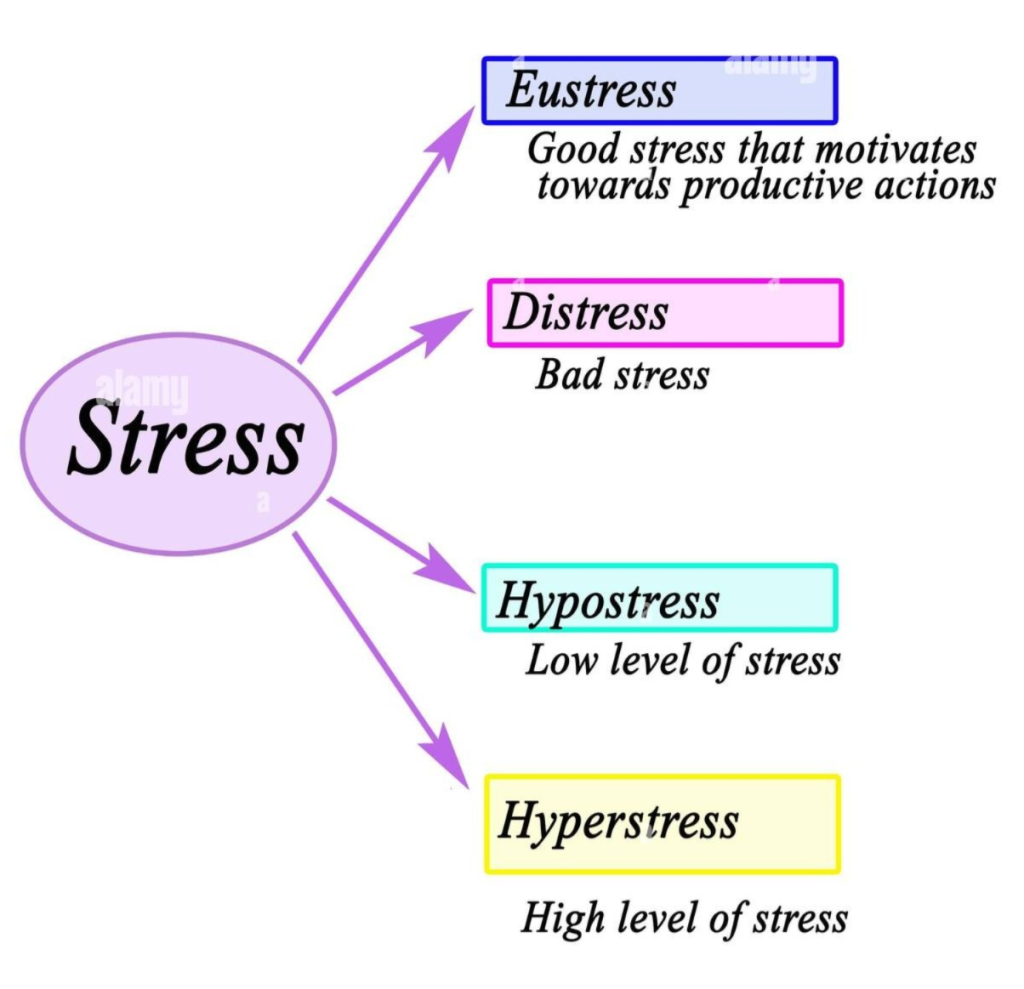
Four types of stress:
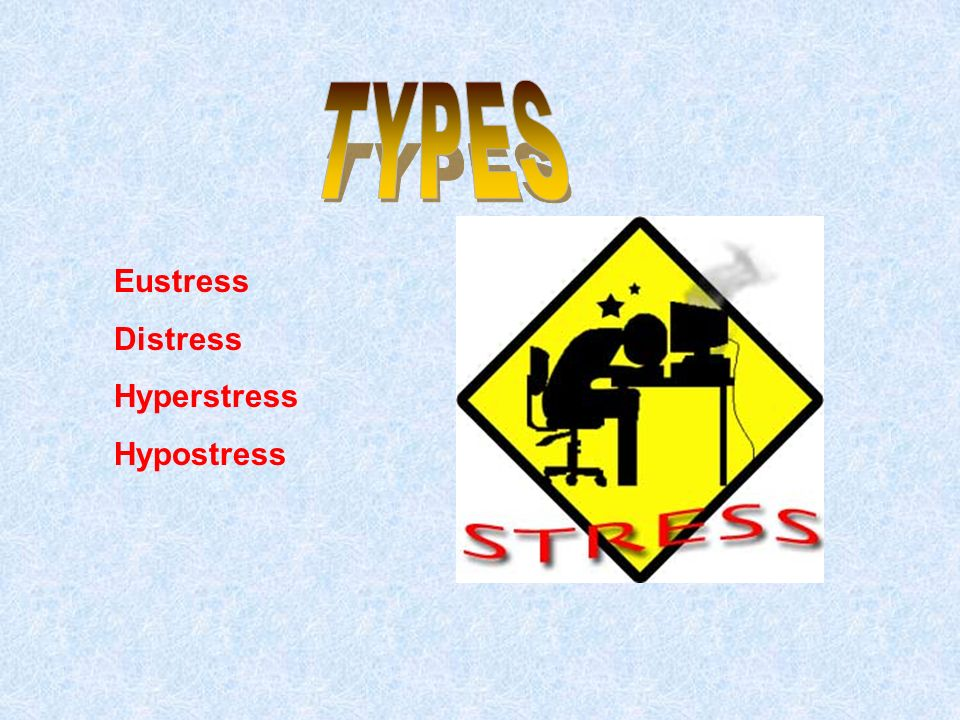
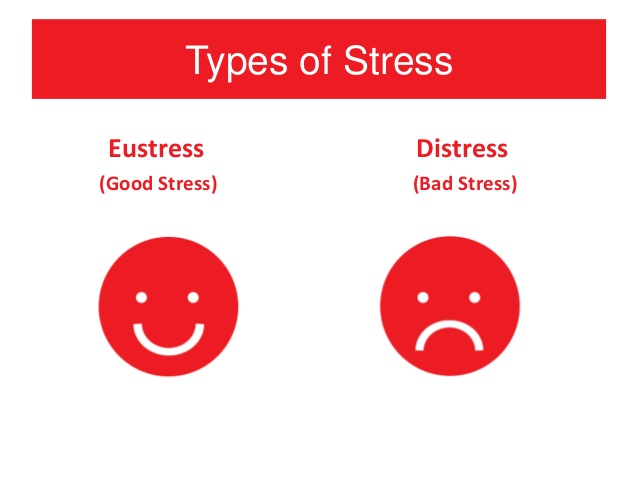
EUSTRESS (GOOD STRESS):
- EUSTRESS is also called GOOD STRESS and POSITIVE STRESS.
- When a person is excited, GOOD STRESS feels.
- When a person goes for an exam or does any other work that causes excitement, GOOD STRESS POSITIVE STRESS is felt which makes life excited.
- GOOD STRESS is a stress that promotes growth & It is necessary for development.
HYPOSTRESS (UNDER STRESS):
- HYPOSTRESS is seen in a person who is under stress and constantly feeling bored.
- A person is not satisfied with his job, such as not getting a job according to his post and education or doing another job daily HYPOSTRESS is experienced.
- When a person experiences this type of stress repeatedly, that person is not inspired or motivated.
HYPERSTRESS (OVER STRESS):-
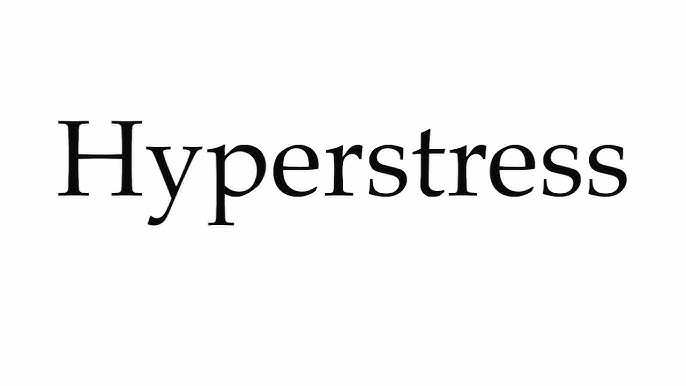
- HYPERSTRESS is when a person is given more work or pressure than his/her capacity.
- In today’s fast era, many people face HYPERSTRESS, such as too much work and less time or if too much work is given in a particular time, HYPERSTRESS is experienced.
DISTRESS (BAD STRESS):
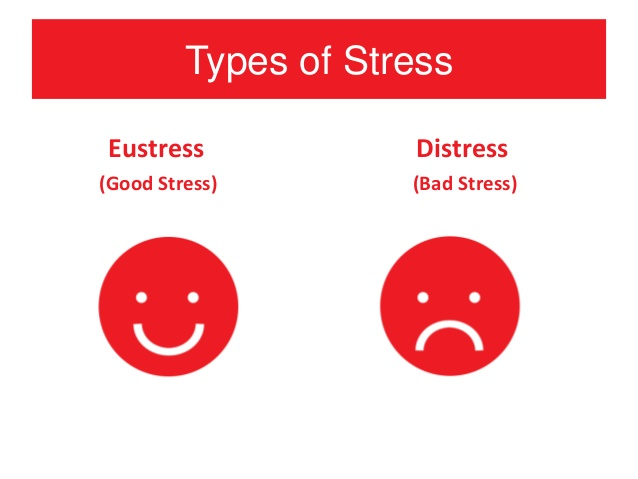
- DISTRESS (BAD STRESS) is also called NEGATIVE STRESS and is harmful to health.
- There are two types of BAD STRESS.
1.ACUTE STRESS (SHORT TERM STRESS): Acute stress is short-term stress, i.e. short-term or short-term biological stress, lasting minutes or hours.
- Acute stress is experienced frequently in day to day life.
2.CHRONIC STRESS (LONG TERM STRESS): Chronic or long-term stress Chronic stress is experienced for months to years.
Chronic stress is a very serious type of stress that can lead to health-related problems and even death.
People tend to ignore chronic stress until they experience some unusual physical symptoms.
DEALING WITH STRESS OR COPING WITH STRESS (How to deal with stress):
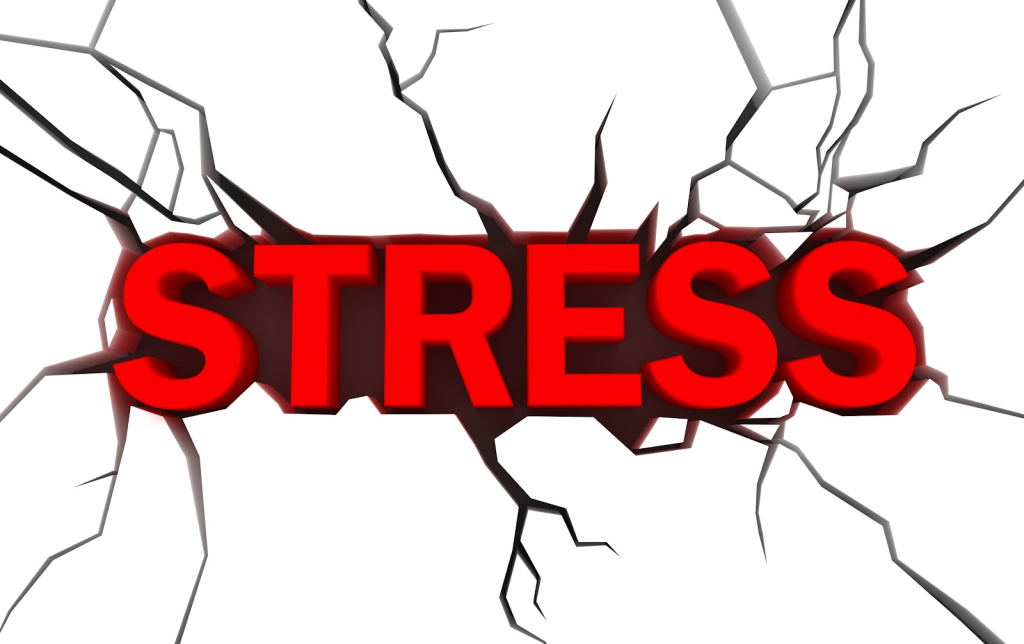
Whenever any individual shows signs of stress, it is their primary responsibility to recognize it and take immediate action.
Using the “FARE” approach to dealing with stressful events.
- F: FLEXIBILITY
- A: Awareness (Awareness)
- R: Relaxation
- E: Exercise
F: FLEXIBILITY: To accept change in your life Flexibility. Try to find a solution to the problem instead of denying it.
A: Awareness: Be aware of identifying the source of stress to manage stressful events.
R: Relaxation: Follow a complete relaxation routine such as deep breathing, body massage, physical workout, etc.
E: Exercise: Regular exercise helps reduce stress and maintain body health.
PHYSICAL ACTIVITY:
Breathing Exercises : Deep Breathing Exercise
Relaxation: Sit or lie down in a comfortable position in a quiet room. Relax and rest your entire body.
Muscles stretching exercises: Muscle stretching exercises. Muscle stretching exercises help you relax and reduce stress.
Walking: Walking clears the mind, reduces tension, and increases energy. Walking causes the brain to produce endorphins, which helps you relax.
Better sleep: To get a good night’s sleep, sit in a comfortable position and read a book, watch TV or play a game. By doing this, even if you don’t sleep, you will get rest and your anxiety will be reduced.
MENTAL ACTIVITY:
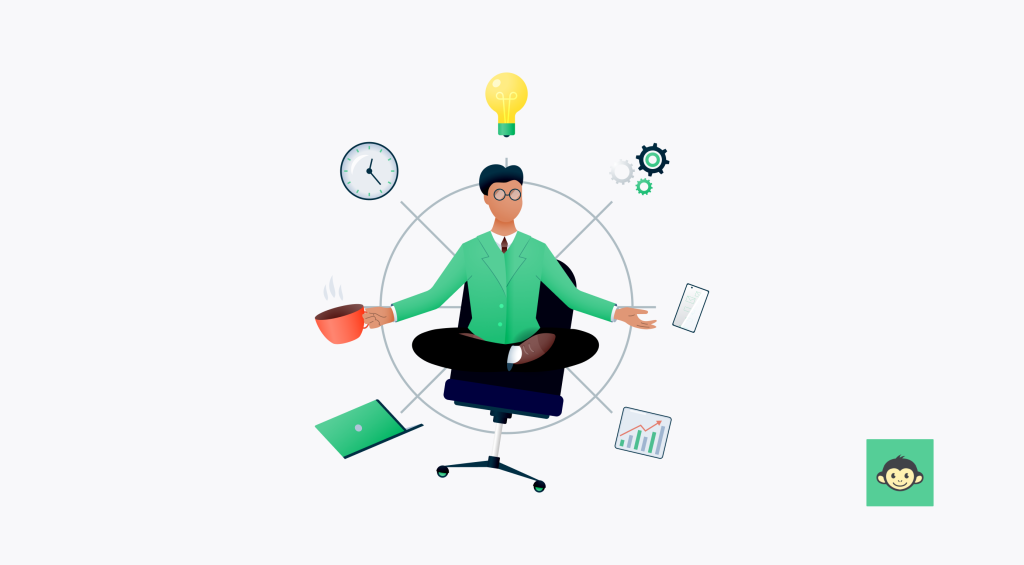
Yoga
Meditation
EASY STEPS OF DEALING WITH STRESS:
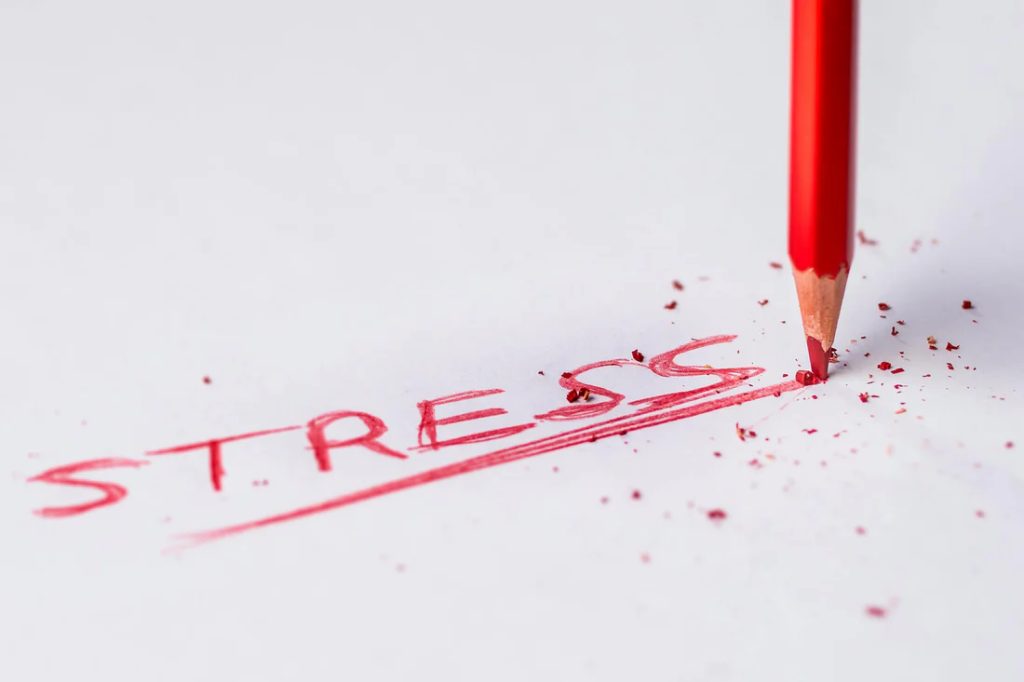
Planning for your time (making time-table): Make a time table for your work in which you put the important work first, make a list of all the work and give a time limit.
Adjustment all changes in your life: Adjustment to the changes in life. Do not make any major changes at once like buying a house, buying any other property, doing any function, do not do all of these at once so that there is no financial problem.
Aware about yourself: Be aware of yourself. Know what you can do and what your own capabilities are and what work you can do. Choose a job or work that you can do so that there is less stress in life and you are less frustrated or disappointed.
Decisions making power: Make decisions wisely. When making a decision, consider both the good and bad points of the choice.
Like & Love yourself: Like and love yourself. If you have any flaws, accept them and don’t worry about everything else – like how you look? How tall you are, etc.
Be Positive & Think Positive: Think positive and be positive. Good and positive thoughts can prevent negative and bad thoughts. A positive attitude reduces anxiety
Any. There are two sides to a problem, one positive and one negative. If you think positively, the result will be positive, and if you think negatively, the result will be negative.
Always share your problems with your near one: You should always share your problems with someone close to you.
If you have any concerns or problems, share them with your friends, relatives, or anyone close to you and get a solution.
Build a Happy Family: Build a happy family.
- Be loving with all the members in the family.
- Make time for each other in the family and talk to each other, play games and enjoy.
Make Good Friends: Make good friends.
- As much as a happy family is necessary in life, good friends are also necessary.
- Make friends with whom we can share all our problems.
Keep Happy & Healthy: Be happy and healthy
- Exercising regularly and eating healthy food and getting enough sleep so that we can stay healthy and happy.
Make some time for yourself: Make some time for yourself. Take some time for what you love or your hobbies and enjoy it.
CONFLICT:
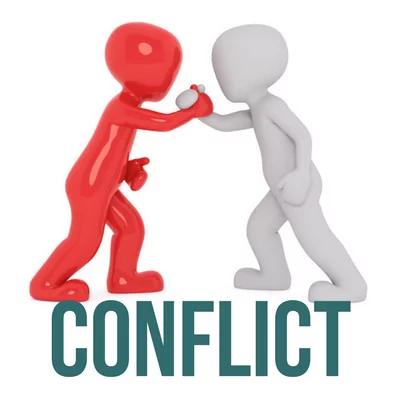
DEFINITION :
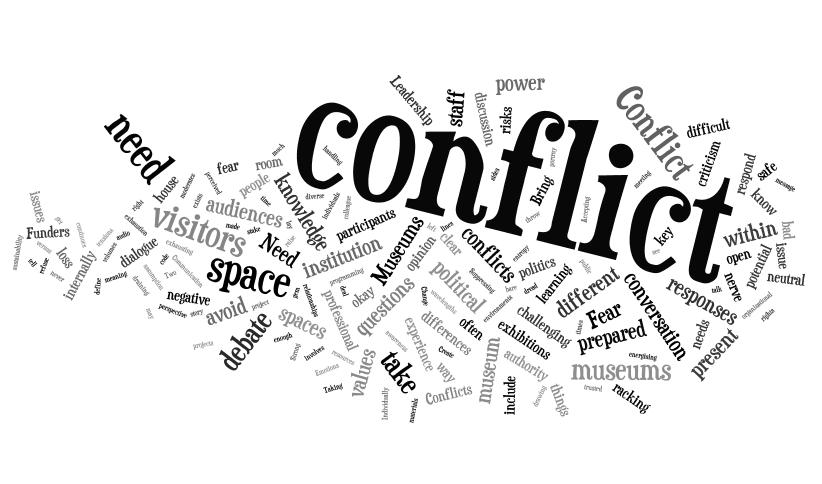
A state of opposition between two or more ideas, interests, goals, etc. Conflict develops when there is a clash between two groups, between internal and external environments.
Conflict lasts until a person cannot choose one option from many.
What is Conflict?
Conflict between people with opposing needs, desires, or demands.
TYPES OF CONFLICT (Types of Conflict):
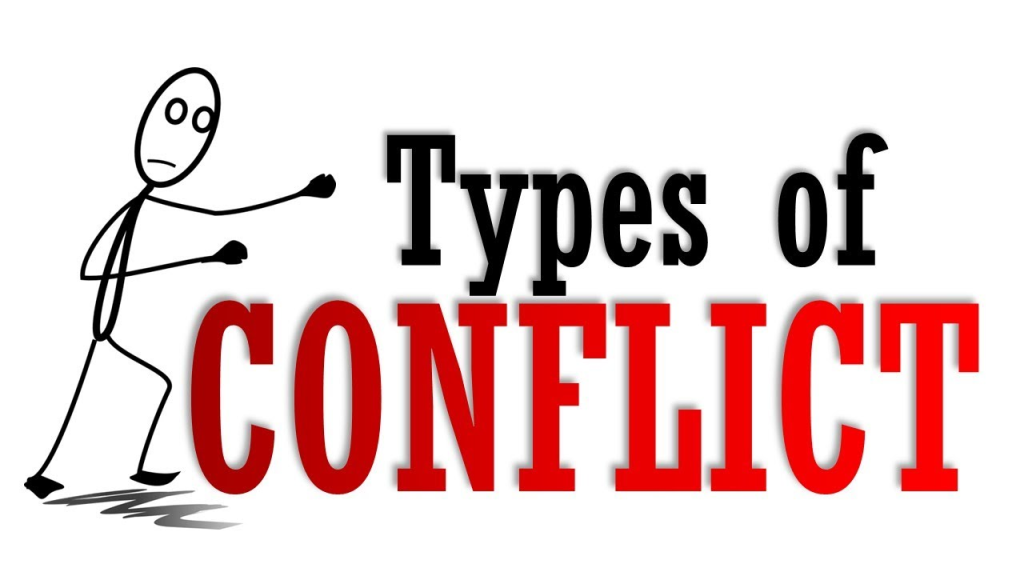
According to source, conflict can be of three types :
Interpersonal conflict (conflict between two people):
For example, conflict between husband and wife, conflict between parents and children, conflict between a small group and a large group, conflict between a boss and an employee.
Intrapersonal conflict (conflict within a person):
For example, Desires, goals and objectives.
It is also called internal conflict because this conflict occurs within the person.
Conflict between person and his environment:
Conflicts caused by changes in the environment such as floods, earthquakes, wars, etc.
A person has to struggle against these conditions.
According to goal, conflict can be of the following types:
Approach-approach conflict: Positive positive goals:
- When there is a conflict between two equally attractive goals, the situation is known as approach approach conflict
- For example, A person wants to go to a movie in the evening and at the same time watch a cricket match.
Avoidance-avoidance conflict: Negative- Negative Goals:
- When there is a conflict between two negative goals, the situation is known as an avoidance-avoidance conflict.
- For example, a student hates to complete his school assignment, but if he fails to do it, he will get He also dislikes punishment. He wants to avoid both if possible.
Approach-avoidant conflict: Positive – Negative Conflict :
- When a person is attracted to a positive goal but this goal also has some negative characteristics, the situation is known as approach-avoidance conflict.
- For example, a girl wants to get married, but at the same time, she may be afraid of moving away from her home and her family.
Dealing with Conflict :
Two or more desires, motives, goals, The process of finishing the opposition between individuals etc. is known as dealing with conflict. Conflict can be resolved using the following methods:
a ) Win-lose approach:
A win-lose approach is to decide on one solution and leave the other behind.
b) Lose-lose approach:
A lose-lose approach is seen when no one is happy with the outcome. Issues are never resolved under this approach.
c) Win-win approach:
This approach leads to a mutually acceptable outcome. This is the most effective method of resolving conflict.
Steps of conflict resolution:
Define the problems and know the problems of both:
- State the problem in a way that does not involve blame or judgment.
- Maintain rapport at all times.
- Listen carefully to the other person.
- Make sure you understand the other person’s interests and are ready to clarify yours.
- Take enough time to understand the problem.
Identify all possible options for solution :
- Ask the other person to suggest a possible solution.
- Respect the other person’s ideas.
Evaluate options for solution:
- Authentic Be.
- Listen actively.
- Let new options come to mind.
- Test any potential options to ensure they satisfy both parties’ needs.
Select one acceptable solution:
- Don’t pressure the other person to come up with a solution.
- Tell them when a decision seems close, so that you both understand clearly.
Implementation plan (implement):
- Be specific about who does what and when.
- Set a timeline and be very specific about the task.
Evaluating process make effectiveness:
- Include this process in the implementation plan.
- Decide when and how progress will be measured.
Talk about the experience:
- Invite another person to share his or her perspective on the process Do
- Be honest about your own perspective on the process.
- Discuss your progress.
FRUSTRATION:

DEFINITION:

- Failure to satisfy a basic need, which may be due to any kind of obstacle, is known as Frustration.
- Excessive tension leads to frustration.
- A person suffers from frustration because he does not know how to relieve his tension.
- Unable to change or achieve something Feeling upset or upset as a result of being.
- Frustration is defined as an emotion that occurs in situations where we encounter any obstacle in reaching our goals, resulting in anger or loss of confidence.
- The word frustration comes from the Latin word ‘frustra’ which means obstacle.
- The word frustration refers to the blocking of goal-directed behavior.
- The word ‘frustration’ refers to the blocking of goal-directed behavior. The goals are frustrated, or blocked. Emotional feelings and behaviors often result.
SOURCE OF FRUSTRATION:
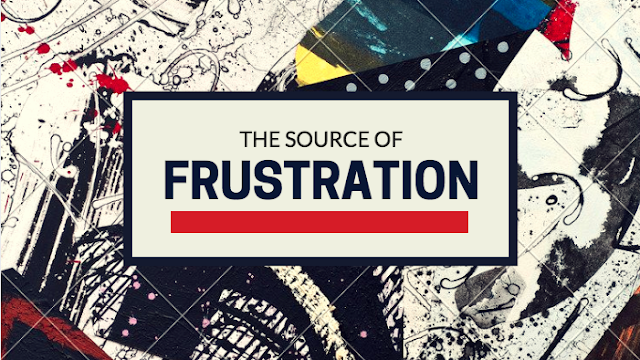
The frustration we experience can be seen as the result of two types of goal obstacles. These are Internal and External sources of frustration.
INTERNAL SOURCES:
- Internal sources of frustration are when a person cannot get what they want, and they experience this frustration. The reason for this is a lack of confidence or fear of social situations.
EXTERNAL SOURCES:
- It results from external causes which include outside situations
- We face in life which includes other people or things which get in the way of our goals.
- One of the biggest sources of frustration in today’s world is the frustration caused by the perception of wasting time.
- When you are in traffic, standing in line for food at a restaurant, gas station or bank.
- So, when your Watching your day go by when you have so much to do can be a huge disappointment. External frustration can be unavoidable. We can try to do something about it.
- For example, finding a different route if we’re stuck in traffic, or choosing a different restaurant if we have to wait for food. But sometimes there’s nothing we can do about it.
- Life is a way of life. One can learn that while the situation itself may be uncomfortable and frustrating, one need not despair.
- Acceptance in all life situations is one of the secrets to avoiding frustration.
Frustration can occur for many reasons and some of them are:
- Conflict with other people.
- Environmental conditions that cannot be controlled
- economic economic constraints
- high level of aspiration
- social customs, beliefs, traditions, restrictions
- intrapersonal conflict
OVERCOMING FRUSTRATION:
- Frustration can be removed by keeping the following points in mind.
- The situation should be looked at again to know the exact reason
- If necessary, then change the goal
- Find alternative solutions to remove frustration
- Accept reality
- Think positively
- Withdraw yourself from frustrating situations
- Increase a person’s ability to cope with situations
- Talking to a friend or anyone to relieve frustration can help relieve frustration.
- Accept reality. If you have done everything in your power/ability, then accept it as it is.
- Stop blaming yourself, if it is your fault, accept it and move on. Stop getting angry and calm down
- Relax your mind.
- It is always good to be around optimistic people.
DEFENSE MECHANISM OR MENTAL MECHANISM OR EGO DEFENSE MECHANISM :
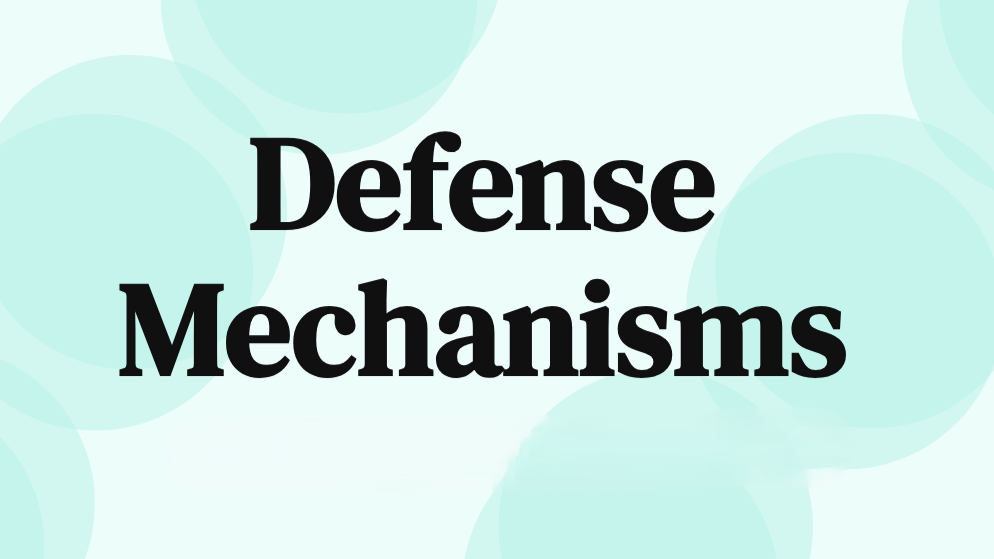
- Freud noted that for most people a major drive is to reduce tension and that the main cause of tension was anxiety.
- Now, the ego has difficulty satisfying both the id and the superego.
- The ego has some tools that it can use in its job as a mediator, tools that help protect the ego. This is called DEFENSE MECHANISM OR MENTAL MECHANISM OR EGO DEFENSE MECHANISM.
- Every person uses a DEFENSE MECHANISM. Their use does not imply mental illness or psychosocial imbalance.
- A DEFENSE MECHANISM is a mechanism used to protect an individual from psychological distress.
- A DEFENSE MECHANISM helps individuals to overcome the anxiety associated with depression and conflict.
- A DEFENSE MECHANISM is a system of adjustment by which an individual relieves or reduces the anxiety caused by uncomfortable situations that threaten self-esteem.
- An ego defense mechanism is a consciously or unconsciously.
COMPENSATION: Compensation: A person tries to cover up his WEAKNESS by directing his potential to other aspects of life.
eg:- An academically weak student can become a college champion in cricket by working hard.
DENIAL: Refuse – Refuse: Unacceptable idea, behaviour & Refusal to accept reality.
eg: A seriously ill person refuses to accept that anything is wrong, even though they are fully informed of the diagnosis and expected outcome.
DISPLACEMENT: Displacement: Dissolving one’s inner feelings into a less threatening object.
eg:- A person may yell at their pet dog when they come home after a bad day at work. So one’s anger is directed at another person or thing, at some other place where it is less harmful.
INTELLECTUALIZATION: Intellectualization: Using logical explanations to separate the emotions from a painful event.
eg:- After transferring to a new job, i.e. away from home, a person hides his anxiety by increasing the benefits of the job.
PROJECTION:- Projection: Blaming others for one’s mistakes Blaming a person.
EG:- A person who is untruthful can satisfy himself by saying that other people also lie and are untruthful.
RATIONALIZATION:- Rationalization: To justify one’s unacceptable ideas by giving socially acceptable reasons.
eg:- A person with aggressive behavior may turn to competitive sports activity.
ATTITUDES:
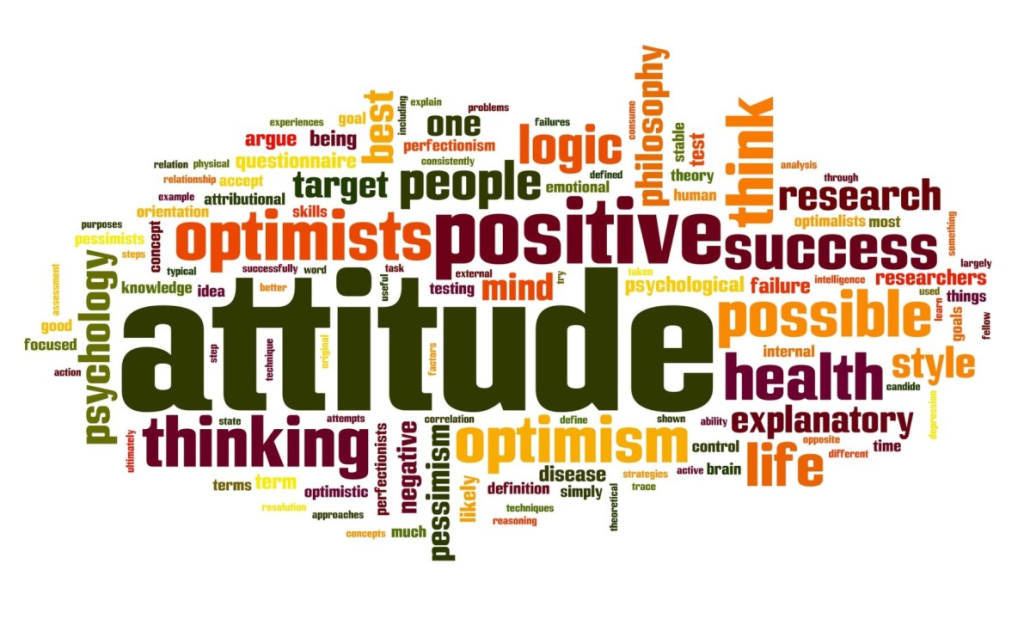
- We all like many things and dislike many things.
- Attitude is a hypothetical tendency in which a person’s own likes and dislikes are expressed. Represents dislikes
- Attitude evaluates an object, thing, person, behavior, and event
- Attitude is positive, negative, and neutral.
- Kimball Young defined Attitude as, “A consistent and characteristic response to some situation, idea, value, material object, or class of objects, or to a person or group of persons”.
- Attitude is positive, negative, and neutral.
- A respectful attitude towards our elders is a positive attitude, on the other hand, a hostile attitude towards a particular person or community is an example of a negative attitude.
- Positive Attitude: It is a favorable attitude. In other words, it is liking towards people, things, situations, etc.
- Negative Attitude: It is a negative attitude i.e. when a person does not like a person, things or situation.
- Neutral Attitude: It occurs when a person does not have anything to like or dislike.
DEVELOPMENT CHANGES IN ATTITUDE FOR THE NURSE:
We are born and raised in a social environment that helps us absorb Attitude in a natural and passive way. In the development of Attitude, genetics plays a very small role but environmental factors contribute significantly to the development of Attitude.
ASSOCIATION & REINFORCEMENT:
Some rules or attitudes are reinforced or actually acted upon, thus he learns them. For example, the child’s parents and their friends are of the same nationality, ethnic origin and class.
IDENTIFICATION:
The child spends a lot of time with his parents and after a while begins to believe that they are different because they copy him, even if they do not consciously try to influence him.
The same process works with other people, such as peer groups, teachers, or any important person in a child’s life.
CLASSICAL CONDITIONING:
- It involves involuntary responses and is elicited by the pairing of two stimuli.
- Two events that occur frequently close together over time become associated with each other and before long the person has learned to associate both events reacts similarly to.
- E.g. pleasant or unpleasant experiences with members of a particular group can lead to a POSITIVE or NEGATIVE attitude towards that group.
SOCIAL:
Learning is based on modeling. We observe others. If they are becoming more likely to behave or express a certain attitude, it makes it more likely that we will also behave or express that attitude.
COGNITIVE DISSONANCE:
When two conflicting feelings, beliefs, or behaviors exist, it creates a state of tension and the person tries to reduce the tension by changing their feelings, beliefs, or behavior.
For example, if a student nurse studies hard for a test, she expects to perform well. But if she studies hard and fails, dissonance is aroused.
UNCONSCIOUS MOTIVATION :
Some attitudes are held because they do some unconscious work for the person.
RATIONAL ANALYSIS:
When a nurse provides health education in a slum area, she provides health education with logic and intelligence.
OTHER FACTORS:
- Even after a child develops an Attitude, he continues to be exposed to information that primarily supports it.
- At this stage, various socio-economic factors determine what he hears.
- His neighborhood, newspaper, school, church, friends, etc. are more uniform than the rest of the world.
- If he were rich, he would live in a big house.
- His neighbors would also have money. If studying in a public school, his classmates will come from his neighborhood and have similar Attitudes.
EFFECTS OF ATTITUDES ON BEHAVIOUR:
- Attitude and behavior are two sides of the same coin.
- If we know the Attitude of any person, we can predict the behavior of that person.
- But sometimes people’s behavior does not change by changing their attitude.
- For example, drug addicts continue to abuse drugs despite knowing the dangers of addiction.
- The attitude-behavior relationship can be used therapeutically.
- For example, if we know that he/she has a general attitude towards living a healthy lifestyle, we cannot predict his/her eating behavior.
- Our feelings and thoughts are influenced by changing our behavior. When a person is feeling down, their loved ones can show positive behavior to change their mood.
- Attitude can affect a person’s behavior in a positive or negative way.
- Always be aware of the effect of a person’s Attitude or behavior on it.
- Attitude is a feeling, belief, or opinion that approves of something.
- Behavior is a reactionary action that occurs in response to an event or internal stimulus (i.e. thought). The type of attitude is manifested in the behavior of a person.
- If a nursing student has a strong interest in painting and a positive attitude, although he fails in the nursing subject every year. But he performs well in the painting competition every year.
- In this way, people with good and positive attitudes are active.
IMPORTANCE OF POSITIVE ATTITUDE FOR A NURSE:
- It is often said that Attitude is everything. The right Attitude is especially important for a Nurse. A nurse’s positive attitude can have a big impact on her career and her success.
- Reasons for Negative Attitude include disagreeing with a co-worker,
- Something said by a patient that bothers her or there may be any personal problem.
- For this, a nurse must be able to understand and separate her personal and professional life.
Benefits of a positive attitude for a nurse (Benefits of Positive Attitude for Nurses) :
- A positive attitude will help a nurse stay optimistic.
- A nurse with a positive attitude is ready to stay committed because it is easier for her to face the challenges of daily life and see the bright side of life.
- A positive attitude increases self-esteem.
- A nurse with a positive attitude makes better choices and lives a healthy lifestyle.
- A nurse with a positive attitude is physically and mentally healthy.
- A good attitude attracts others.
- It will help in increasing the best and consistent performance. When she performs her best, she will be able to achieve the ultimate goal in healthcare, which is to help patients recover and maintain a healthy lifestyle.
- A positive attitude reduces accidents or unintentional incidents. If she is in a bad mood, she will be more mentally distracted and will not be able to concentrate properly. This can cause more harm to the nurse patient.
- The nurse gets good progress in her career.
- The nurse plays a key role in shaping positive attitude and behavior.
- A person’s positive or negative attitude towards their hospital stay may be a result of their own previous experiences. Therefore, it is the nurse’s responsibility to find the cause of negative behavior.
- A nurse with a positive attitude is able to handle job stress better and handle difficult situations better and will achieve promotion and advancement in her career.
- Change negative behavior into positive behavior that helps in treating patients.
To be a successful and efficient nurse, the following attitude traits should be kept in mind:
A: Ambitious in doing his/her task well
B: Building up morale
C: Cheerfulness, cooperativeness, making patient comfortable
E: Efficient and skillful care given to patients
F: Firmness
G: Grow professionally
I: Interest in the problems and difficulties of other people
J: Respect for judgment of others
K: Knowledgeable
CHANGES IN ATTITUDE:
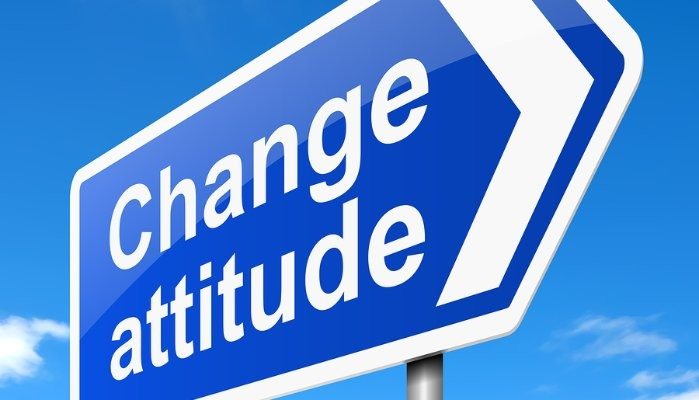
FAMILY:
- First interaction with parents and their connection with others helps in dealing with people.
- Respectful and polite attitude of parents helps in learning how to respect others without being specifically taught:
PEERS FRIENDS :
- Attitudes also change through observation. As children grow older, they get more opportunities to interact with their friends.
- Children behave more like their friends. The more they interact with their friends, the more their behavior changes.
SCHOOL:
School also shapes attitude. teachers, the type of school environment, all these make big changes in our attitude.
SOCIAL NORMS:
Social norms can strengthen or weaken attitudes. Beliefs about what other people do or what others will think if a person performs against the norms of society can affect attitudes in a positive or negative way.
MASS MEDIA:
Mass media such as newspapers, TV, movies, radio etc. are also responsible for shaping our positive and negative attitudes.
PERSONAL EXPERIENCE:
Personal experience is also responsible for shaping attitude.
For example, if a person has had a bad experience while travelling in a roadways bus, his attitude towards travelling in a roadways bus will be negative.
HABITS:
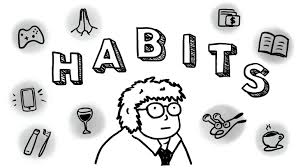
- Habit is a big part of our life.
- Habits are one of the most influential factors in our existence, because our actions, our responses, our decisions, our life style are all governed by our Habits.
- A particular activity that a person repeatedly does on a regular basis is known as a habit.
- Habit is a behavior that you do automatically and unconsciously without thinking.
- automatic A process that occurs automatically is called a habit. For example, someone has the habit of putting their nails in their mouth, someone has the habit of getting up and taking a bath and performing puja-recitation.
- Habit is a repeated unconscious pattern of behavior that is acquired through repeated repetition.
- Habit is an automatic routine of behavior that is repeated regularly without thinking.
- Habit always needs a stimulus to start e.g. Any stimulating factor.
- Habits can be copied very easily
- The more actions are repeated in the behavior, the stronger the Habit becomes.
TYPES OF HABITS:
Habits are of two types: Good and Bad Good & bad habit
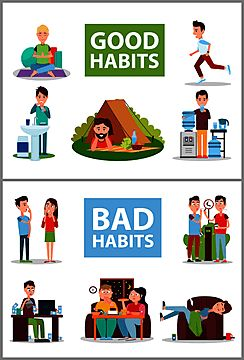
Good Habit:
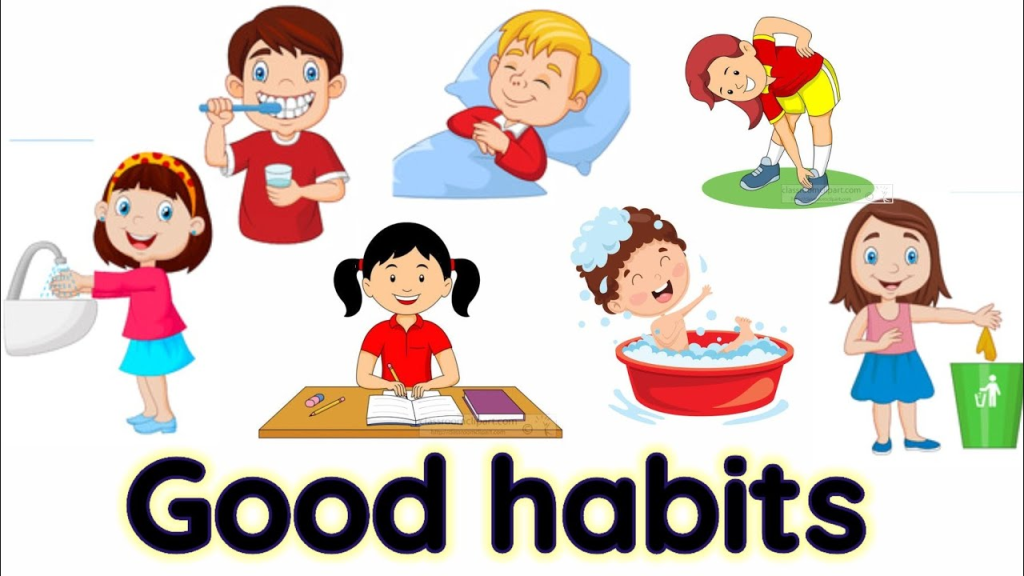
- is a behavior that affects a person’s physical & are beneficial for mental health, which is often associated with a high level of discipline and self control.
- Examples are regular exercise, a properly balanced diet, exercising, not smoking, eating healthy foods, feeling better about yourself, appreciating everything more and being grateful every day, being more organized, doing yoga, Facing the day with positive attitude etc.
bad habit:
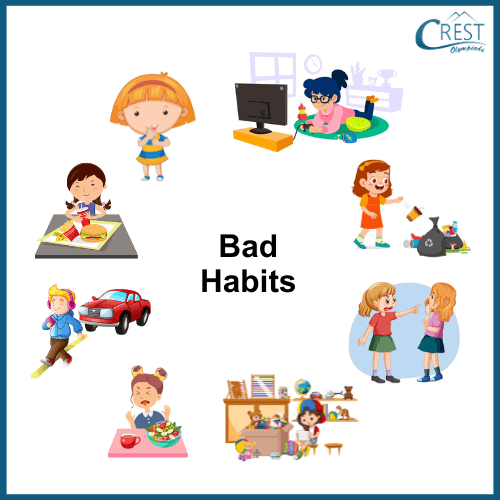
- Health-harmful habits, nail biting, smoking, borrowing money, not eating healthy food, eating fast food from outside, excessive drinking or habitual intoxication, hair pulling, gambling, drug addiction, etc.
- Bad habits are easy to form but extremely difficult to break.
- Good habits take more time to form. Scientists believe that it takes a person at least 3 weeks to form a good habit.
HABIT FORMATION CYCLE:
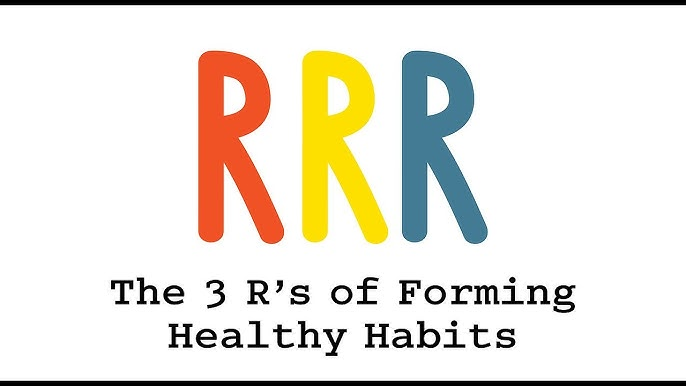
The habit formation cycle can be explained using the 3Rs of habit change. Follow the 3 R step pattern while creating a new habit and breaking a bad habit.
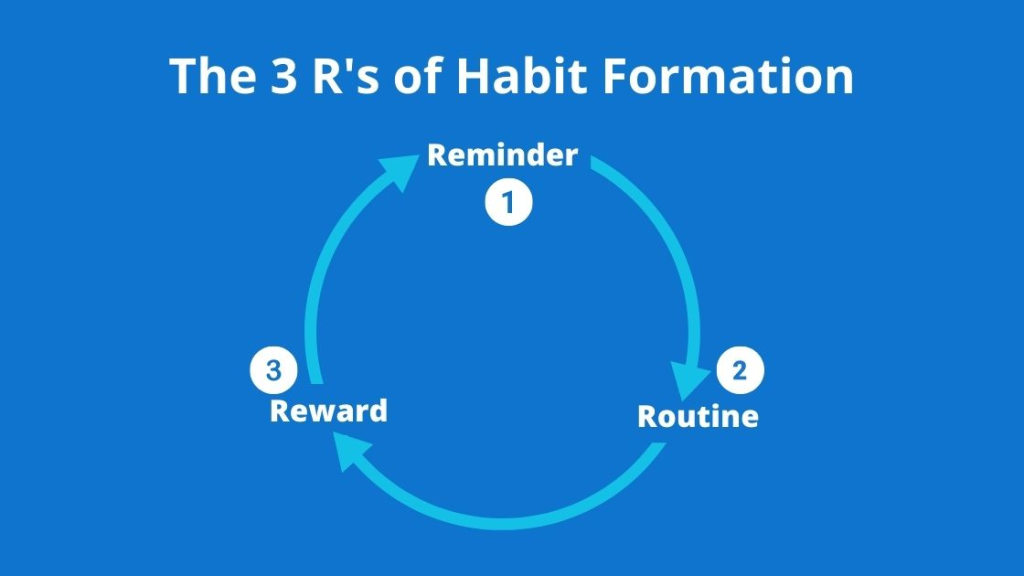
1. Reminder (the trigger that starts the behavior). (the benefit you get from making a habit)
2. Routine (the behavior itself or the action a person does).
3. Reward (the benefit that comes from performing a behavior).

Reminder/Resolution: A resolution is a strong decisive step taken for purposeful action. Resolution relies on the facilitator in the ability to complete tasks and reach goals.
Routine/Rehearsal: Rehearsal of a new habit helps in habit formation.
Reward/Repetition: A new behavior only becomes a habit when it is repeated long enough to make it an automatic behavior.
If the reward is positive, then when the reminder occurs, the person will want to repeat the routine again. Repeat the same action enough times and it becomes a habit
BREAKING OF BAD HABITS:
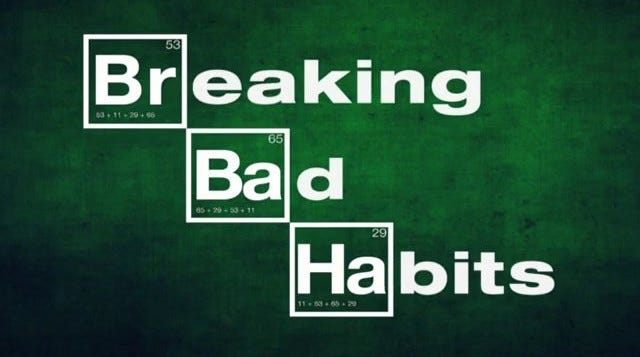
- BAD HABITS keep a person away from the goals he wants to achieve in his life.
- BAD HABITS not only waste a person’s time and energy, they also damage a person’s physical & It also changes mental health.
- Tension and addiction are the main factors responsible for the formation of BAD HABITS.
- Instead of breaking BAD HABITS, replace BAD HABITS with a new habit that provides the same benefits.
- For example, instead of stopping the BAD HABITS of smoking when you are stressed, you should come up with a different way to deal with stress and a new habit or habit that is positive and has a good effect when you feel the urge to smoke.
- Everyone has at least one bad habit. Whether it’s oversharing on Facebook, eating junk food, or compulsive shopping.
- BAD HABITS can damage a person’s happiness, health, and social relationships.
- For example, in the case of chronic lateness, when a person consistently fails to arrive on time for social engagements or meetings and others are waiting for them. Ultimately, it can lead to loose friends or significant others. And if he does this at work, he will probably lose his job.
- Other BAD HABITS have fatal consequences such as eating the wrong and outside food and failing to exercise, smoking and abusing drugs and alcohol, unnecessary shopping endangering financial stability and mental health; and so on. Some BAD HABITS may require professional help to change.
- Understanding the basic steps of behavior change can begin the process which is described below.
1. Really want to change and convince yourself
- A person can change what they decide. He can also change his BAD HABITS.
- The more honest he is about the nature of his BAD HABITS, the more likely he is to move forward on the path to change.
- He might want to start by keeping a list of his BAD HABITS such as how often he stays up late, eats too much, smokes, drinks too much alcohol, etc.
- Once he has decided that he wants to change, convince himself that he is capable of achieving his goal. Seeing other people successfully change is inspiring. But he needs to see what changes in himself.
2. Gain insight into what causes the habit
- Once a person discovers his internal motives and external incentives that cause BAD HABITS, he will move towards changing them.
- By finding the triggers that cause BAD HABITS, pay attention to the consequences that reinforce the bad habit such as attention, happiness, excitement, etc. Then use these results to help you develop good habits.
3. Set reasonable goals
- It takes years to break bad habits. It is not as easy as it is to break bad habits in an instant.
- Make a time table based on the goals you want to achieve. For example, to change a sedentary lifestyle, start exercising for 5 to 10 minutes every day, then gradually increase your exercise time by 5 minutes every day for a week.
4. Measure progress and don’t get discouraged
- If a person is going to reach his ultimate goal, he needs to know how well he is doing.
- A diary can be kept to achieve a goal. A calendar can also be marked.
- Don’t get discouraged by any discouragement in the midst of your daily regular schedule
- Instead, try to find out why it happened. Record these events in a diary and think about changing these BAD HABITS.
5. If BAD HABITS are proving difficult to change, get additional support.
- The best way to do this is to seek support from friends, family, teachers, supervisors or mentors.
- Needing help does not mean that a person has failed. This means that the change will require more resources than initially anticipated.
IMPORTANCE OF GOOD HABIT FORMATION FOR A NURSE:
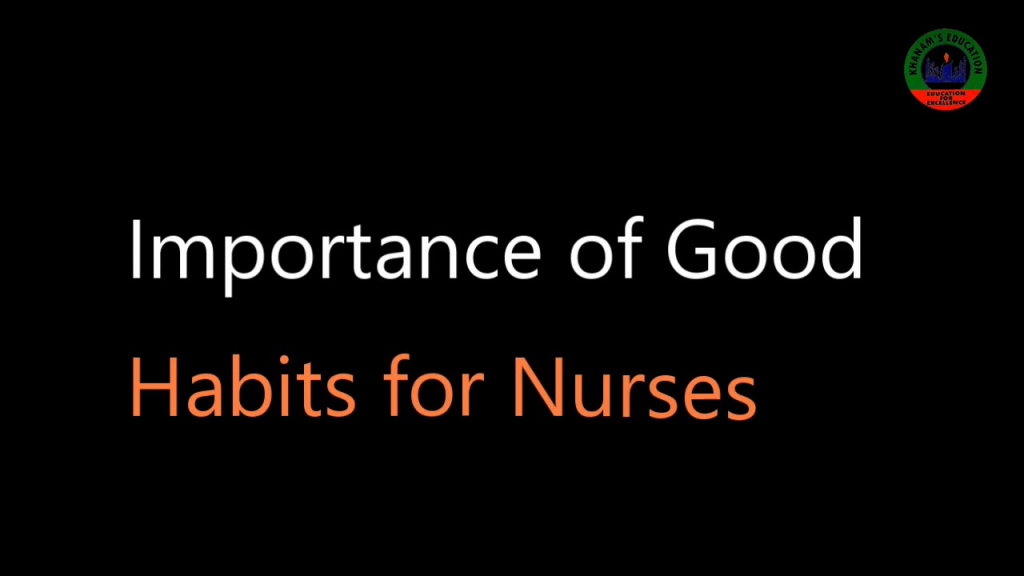
- Being a nurse is one thing and being a highly skilled nurse is another.
- A highly effective nurse should be able to remain calm and focus on her tasks despite tension-related problems.
- Good habits help reduce stress.
- A nurse with the capacity to handle tense situations calmly has the greatest chance of performing optimally for patients.
- Good habits are beneficial to the individual because when they become routine It requires limited cognitive abilities.
- Good habits also reduce the cost of time and effort because a person can perform better who already has good habits instead of having to find some new options.
- Good habits reduce stress and tension.
- When a habit is acquired, it does not require any effort and conscious attention.
- The habit becomes automatic and spontaneous.
- Habit reduces fatigue. is.
- The actions are repeated automatically and are done automatically. The work that seems more difficult in the beginning gradually becomes quite easy.
- Habits help nurses to perform simple tasks in the place where they work.
- Habits save time because they are automatic and unconscious, so the work is done easily with less attention.
- The actions and movements of the nurse become easier, faster and more accurate.
- Despite all these advantages, habits also have disadvantages. Our actions become stereotyped.
- A person finds it difficult to adjust to a new situation.
- Habits kill a person’s feelings, thinking and creativity, thus making us feelingless. It affects us physically & mentally.
- For example, if there are any changes during the lunch break time in school, students are physically & mentally disturbed. Habits also interfere with our other activities.
- When there is an already existing habit, new information is not taken into account.
- Also, people are more particular about short-term results compared to long-term outcomes. Habits need to be changed because of their negative outcomes in the long run.
- But changing a habit is more difficult if it is repeated over and over.
- There are strong associated rewards
- The reward comes very soon after the action.
